Making of Lake Lugano House
David Santos has set upon recreating the Lake Lugano House. A beautifully designed house by JM Architecture that he modeled using SketchUp 2015 and rendered with V-Ray for SketchUp v2.0 as part of a personal study of HDRI based dusk lighting. This is still one of the best SketchUp based MAKING-OF articles posted on the blog! Follow David’s Making of Lake Lugano House in this article as he takes us from start to finish on this one. Enjoy!
Introduction
The Lake Lugano House (Brusino Arsizio, Switzerland) project was born out of my motivation to explore the new possibilities enabled by SketchUp 2015 and V-Ray for SketchUp 2.0. It is a personal interpretative study of a house, designed by JM Architecture on the shore of Lake Lugano, Switzerland.
My goal with this project was to study dusk scenes with artificial interior and exterior lighting, and took close to two weeks to complete. I also attempted to achieve a photorealistic look using the built-in depth of field feature in V-Ray for SketchUp. There was a focus on crisp and contrast-rich images achieved thanks to the cinematography color grading plug-in used during Photoshop post-production.
The project also includes an image with a cloudy sky and gold interior. The tones seen here were mostly achieved using Photoshop.
About the House
Lying on the slope of a hill, on the shores of Lake Lugano, the villa consists of two volumes organized on different levels due to the particular topography of the site. A polygonally shaped glass pavilion with rounded edges stands above a linear underground block. The living and dining room, the kitchen and storage spaces are located in the pavilion, while bedrooms, bathrooms, and garage are in the lower level.
Each level relates itself with independent outdoor spaces, which are closely related with the interiors. The glass pavilion overlooks two much-defined areas: the first, toward the mountain, is a very private zone resulted in the area between the property line and the building setback line according to the local building code. The second is a garden overlooking the lake. In the same way, the bedrooms face a garden enclosed by the building and the perimeter wall. The ring, obtained between the perimeter wall above and the pavilion, amplifies the interior space, with seems much larger than what it actually is.
- Architecture : JM Architecture
- Photographs : Jacopo Mascheroni
- Inspired by : James Pickford
The Project
First of all, I would like to thank Ronen for the opportunity of write this article. It’s a great honor and pleasure to be showcased here on the blog.
This project has its origin back three years ago. I was surfing the web, searching for references about the use of HDRi lighting and I found a project that caught my attention right away. It was the Lake Lugano House 3d recreation by James Pickford and I said to myself that one day I will attempt remaking this house and achieving the same kind of look in CG.
After many commissioned projects for clients, I decided that it was time to make a personal project. A project in which I can explore many things that I’ve learned over the years. Getting the dusk look & feel was something I was always fascinated about since I got started with ArchVIZ and achieving that mood where interior illumination and ambient illumination are combined and in balance was a goal for me during this personal project.
Once I finally got started, it was delayed due to the amount of work I had and I was unable to complete. But, after the long-awaited 64-bit SketchUp 2015 came out, I knew that was a great time to resume this project and test the new capabilities.
Why SketchUp?
Because I love it! (Ronen: ME TOO!) SketchUp is a powerful tool that is often underestimated, and let me show you the real power of this amazing tool.
Like I said before, the project beginnings date back to last year, when I started modeling with a raw CAD drawing that I made from JPG’s of the original drawings. After a lot of tests, I found the correct way of modeling this.
Selecting the Project
Why this house?
Easy!
First time laying my eyes on it the architecture seduced me. The simplicity of the architectural resolution is so clean and complex at the same time. It was a challenge to give it detail and to keep it clean. The curved glass is one of the elements that I thought was important to resolve well along with the surroundings and exterior design. The gravel and grass combination was a great challenge in SketchUp.
The prevailing white color and the attention to detail makes this project a real challenge.
The process started gathering as much information as possible, starting with the house drawings and photos.
As well as obtaining many visual references for the look & feel I was aiming for.
Quick AutoCAD draft
Since I didn’t have the original drawings and there were only a few references, much was guessed and eyeballed.
Modeling
The “Ring” modeling approach
As the house doesn’t have 90 degree angles, I developed (after a lot of tests) a system in which all the parts of the house are modeled by offset to the main glass enclosure.
As you can see in this process, the steps are :
- Creating a plane that is the glass enclosure.
- Offsetting to create perimeter beams.
- Follow that with the glass and roof parts.
Detailing the Geometry
Getting into the small details took time and I used three plugins to help achieve what I aimed for :
- FLOOR GENERATOR – to create the interior and exterior floor pattern.
- ROUND CORNER – to give detail to edges.
- FUR – to scatter grass and trees.
Interior Modeling (SketchUp view, plan view)
The interior modelling was relative simple given that the architecture itself it’s a lot of the project.
Exterior Modeling
The exterior modelling was achieved by the referencing photos of the original house, with emphasis on the vegetation and gravel.
The Vegetation
Proxies used in this scene where from different collections : Evermotion, CGAxis, Arroway Texture, and various free sources.
The first set of V-Ray Proxies where used in the ground level. The second group as background trees.
Materials
After the modelling part the next stage in the process is applying materials.
This is how the model looks like in clay style.
There where three special materials I give special attention to :
Interior Wood Floor
Exterior Wood Floor
Concrete Perimeter Wall
Standard Materials
The rest of the materials were very simple, basically a Diffuse and a Reflection layer.
Chrome is a single reflection layer material with fresnel off, and small glossiness.
Glass Simplified Material
Gravel and Proxy Materials
Lightening
The interior illumination is a mix of IES & Sphere lights.
Interior light configuration without HDRi
Sphere Lights Settings :
Rectangular Lights Settings :
IES lights Settings :
Exterior light configuration without HDRi
Sphere lights Settings :
IES lights Settings :
Two Sided Material :
Global Illumination archived with a V-Ray Dome Light loaded with an HDRi (1957 Dusk Clear by PETER GUTHRIE)
V-Ray Dome Light Settings :
Rendering
The Rendering Settings
VFB channels (Image of the channels)
Rendering
Framing: Photographic Composition
Below you can see what is behind the framing of the final images
Post Production
Here are the stages of the Post Production :
- Photoshop compositing (Screenshot layers).
- Correcting rendering errors (RAW render).
- Color correction (Comparison).
- Levels and brightness (Comparison).
- Color vision (Effects).
- Photographic effects (Finishing image).
So, that`s it.
I hope you enjoyed the Making of Lake Lugano House with SketchUp and V-Ray for SketchUp. If there is any question regarding any subject I would be pleased to answer it.

David Santos is a 3d Artist from Ecuador. He studied architecture for 5 years in Universidad San Francisco de Quito. He started using SketchUp since the beginning, and ArchViz has become his passion. He specializes in 3D visualization and have been working on his own since 2014, mostly on local projects.





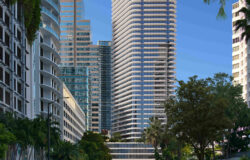
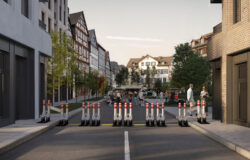





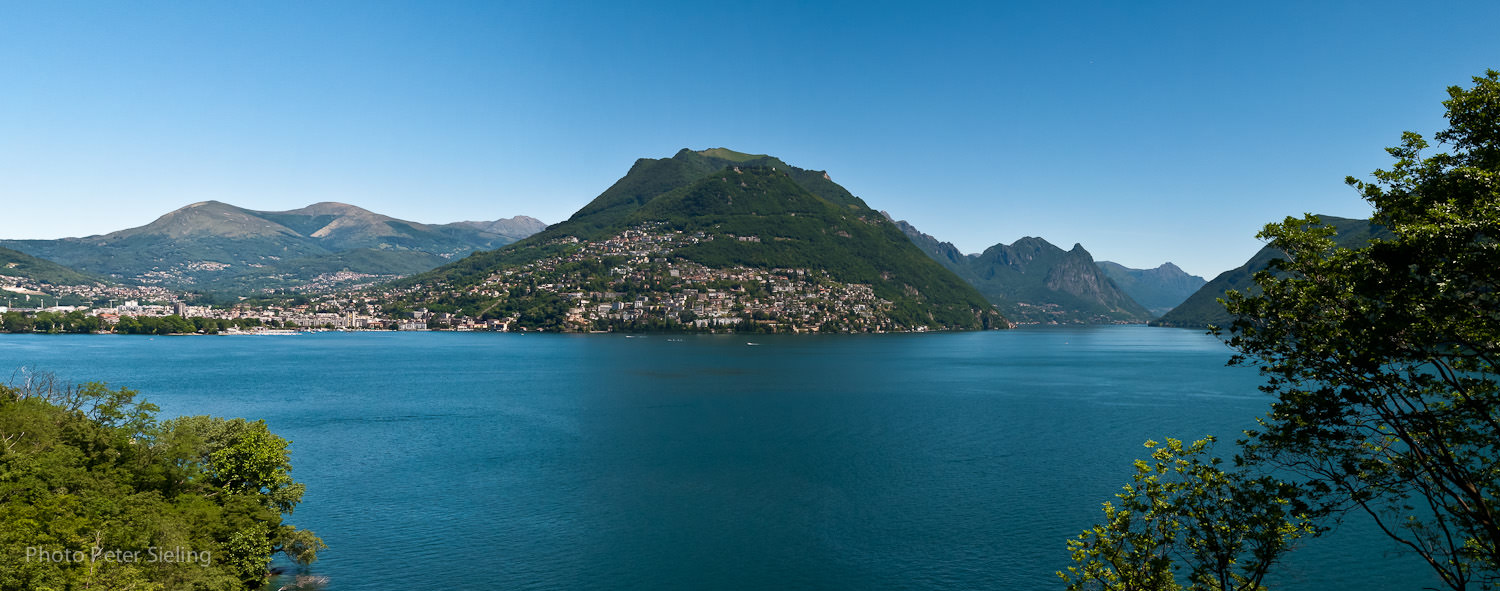
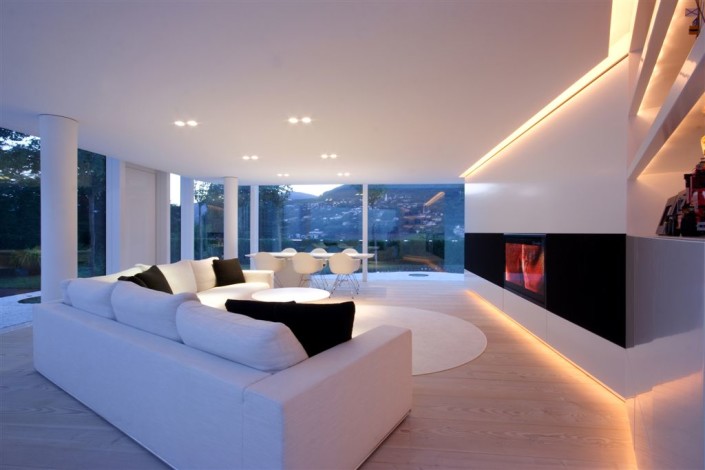
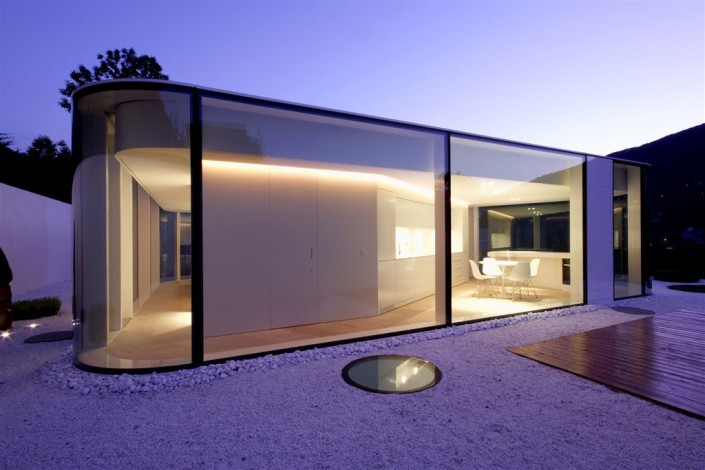
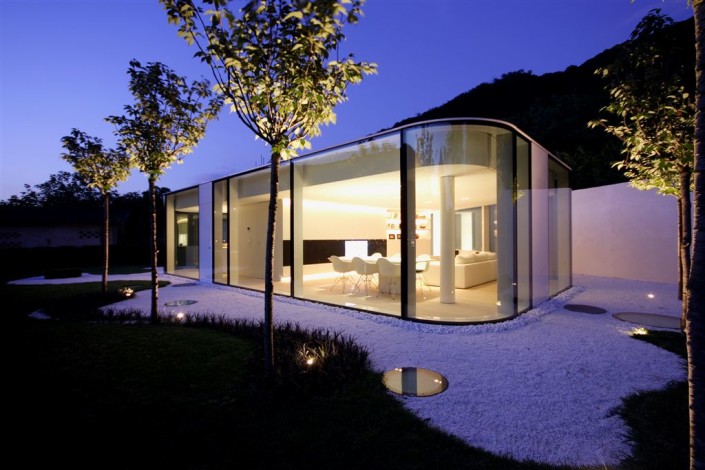
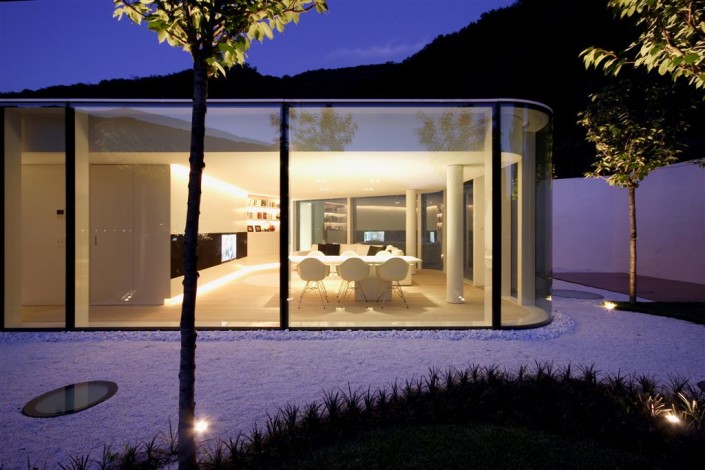
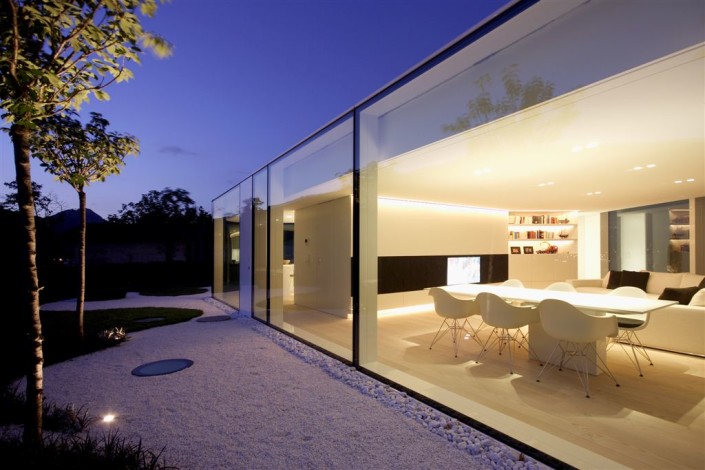
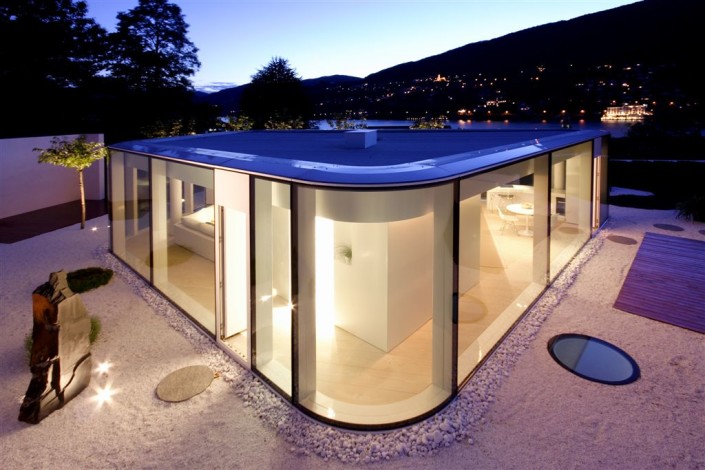
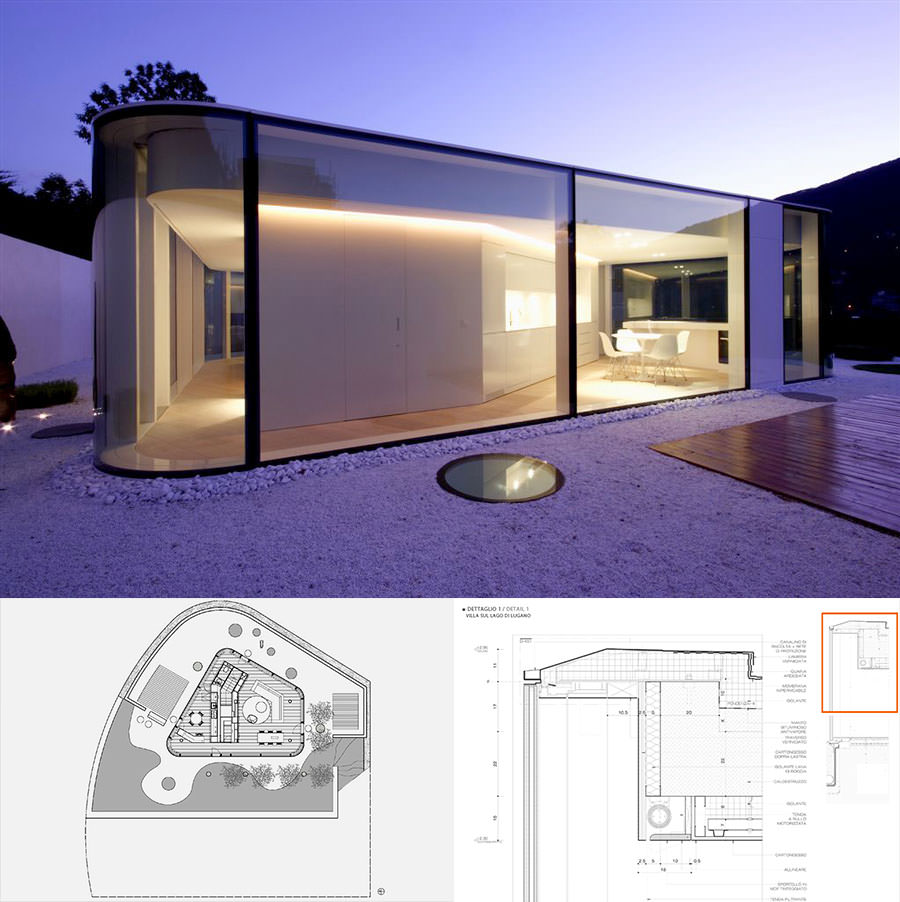
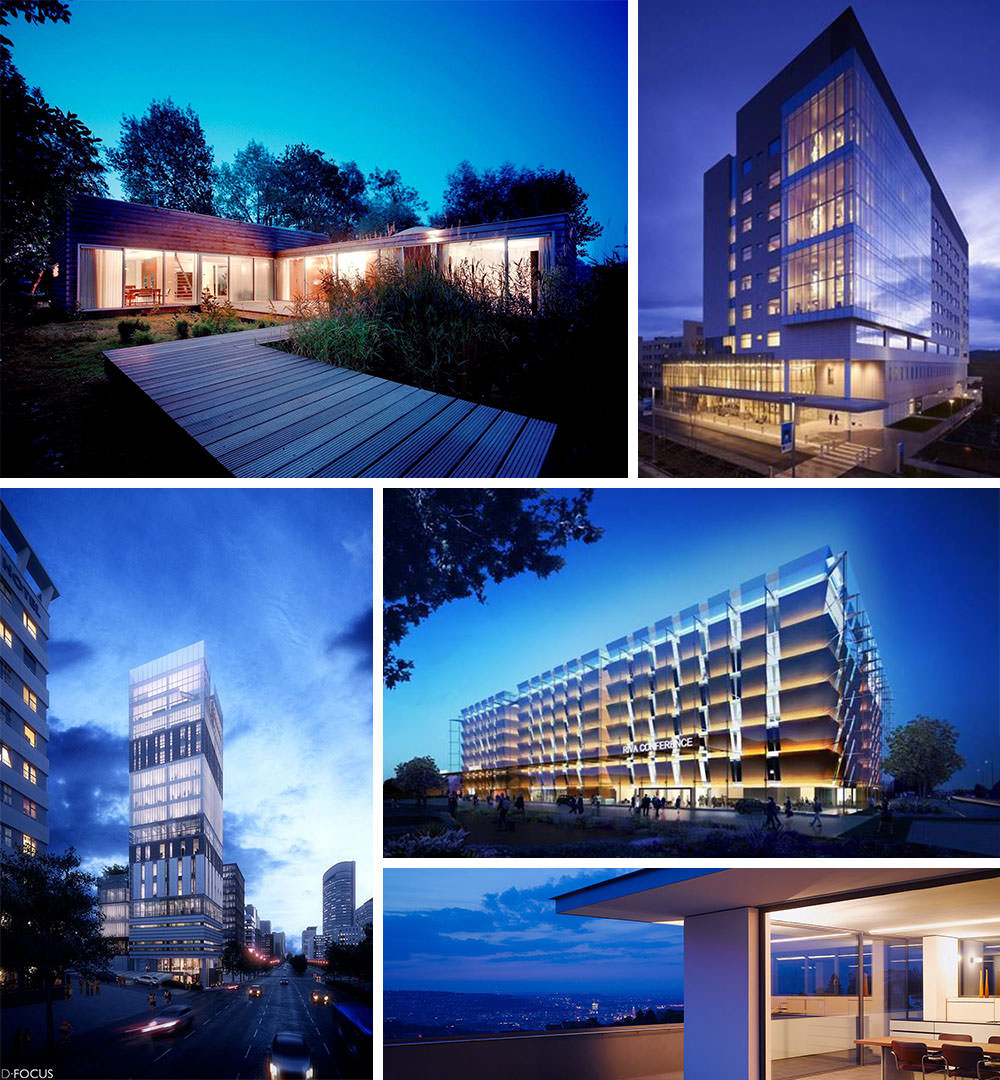
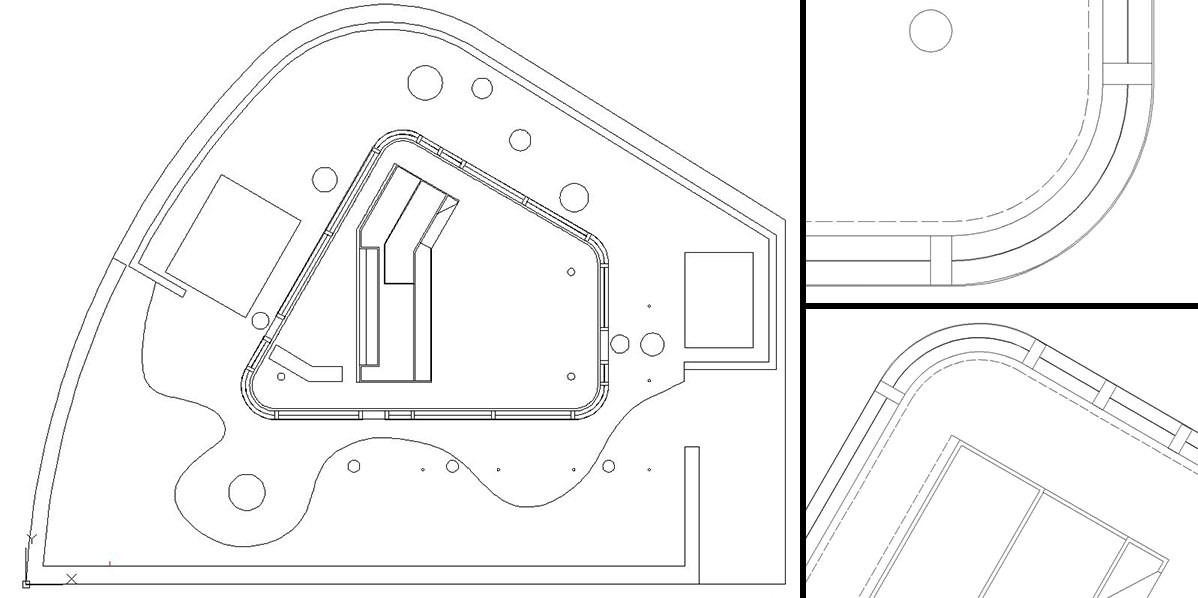
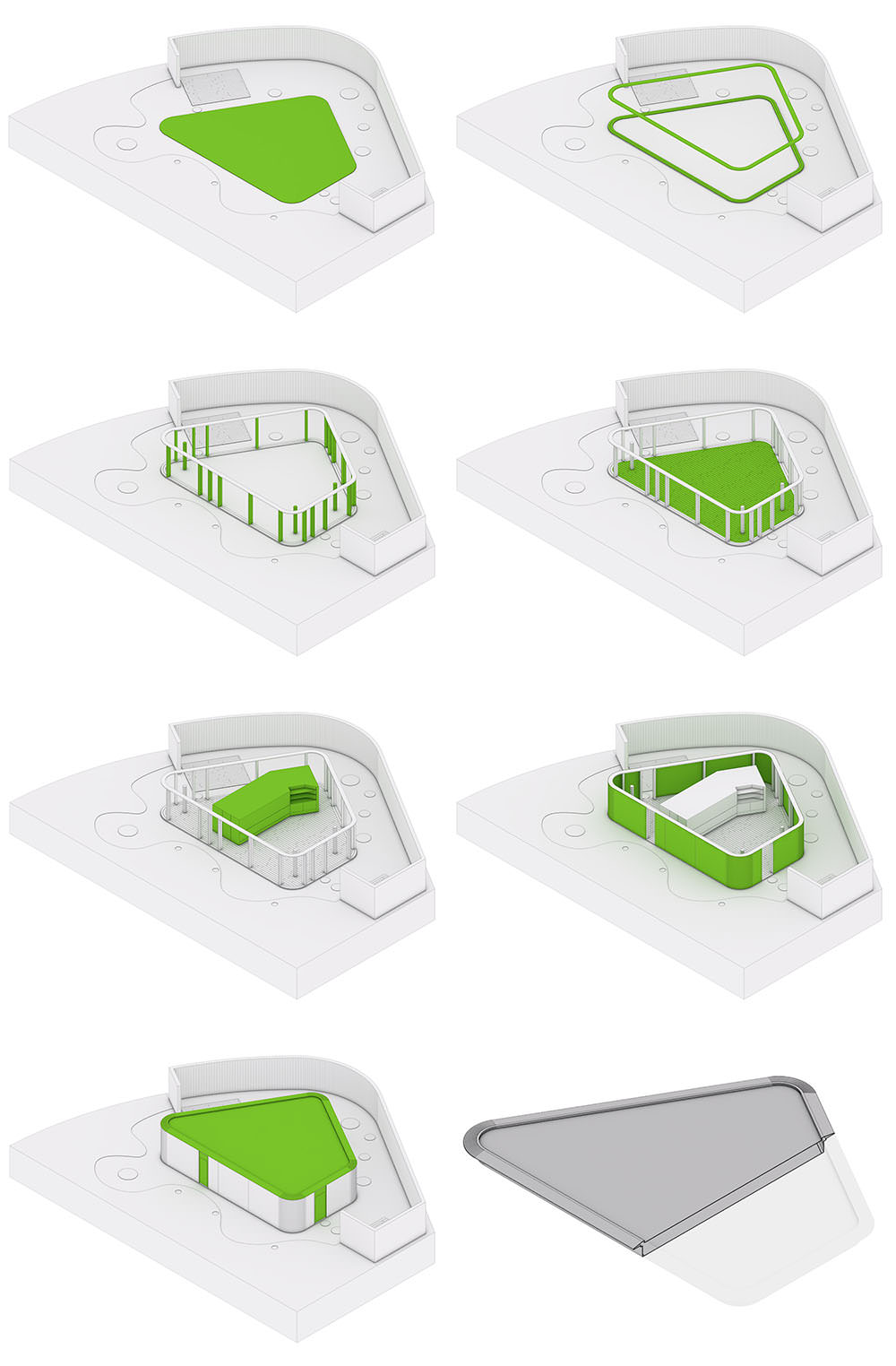


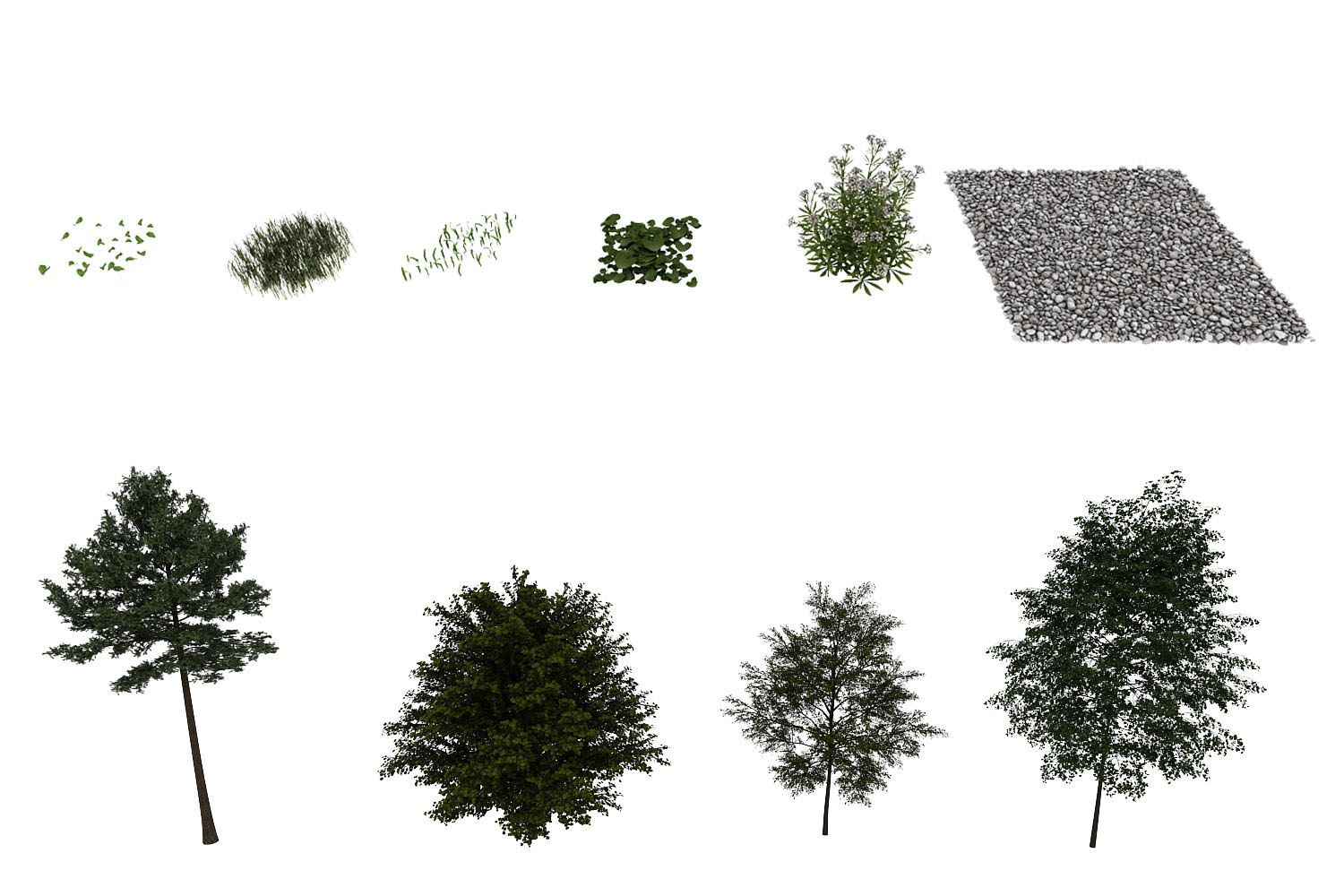
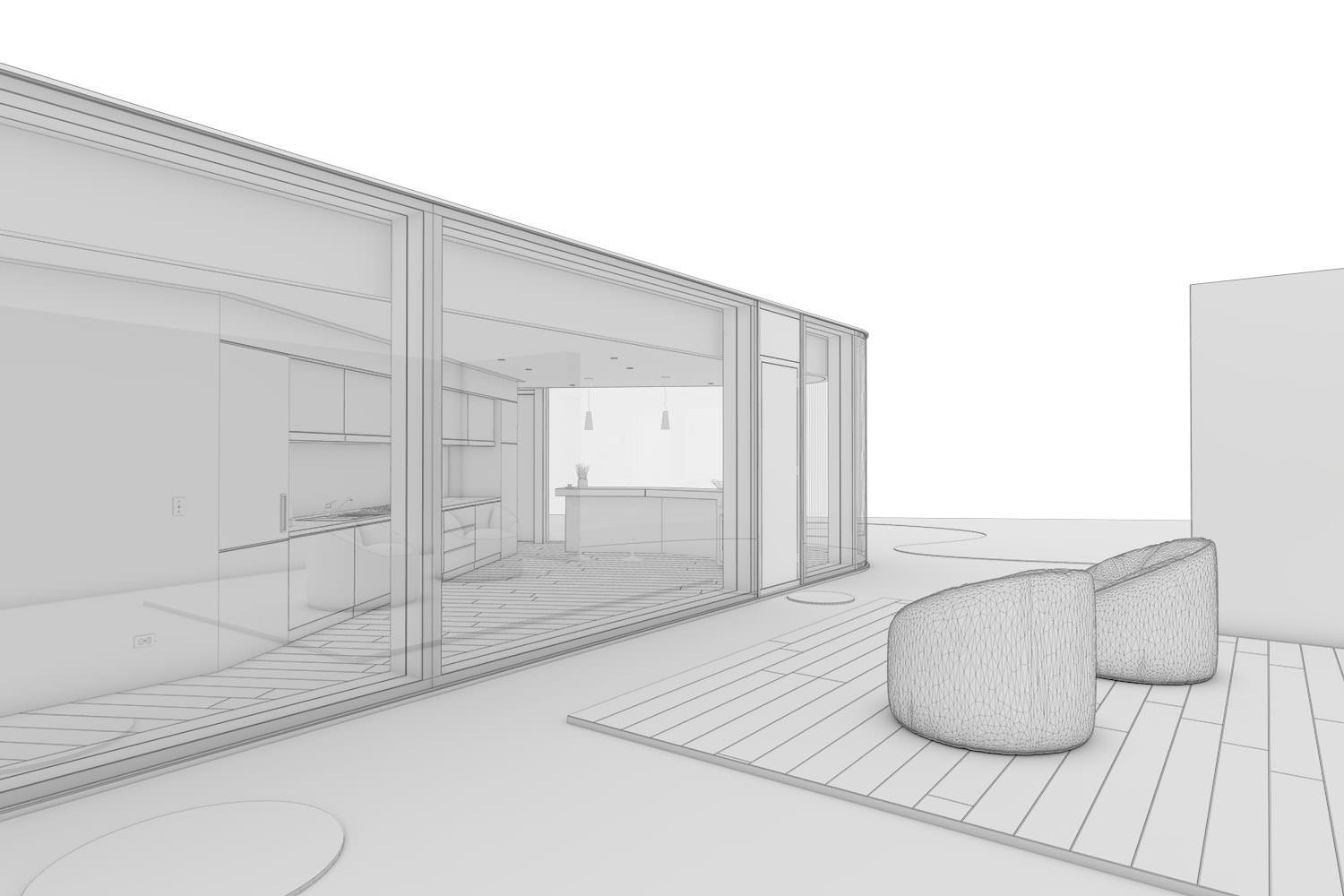
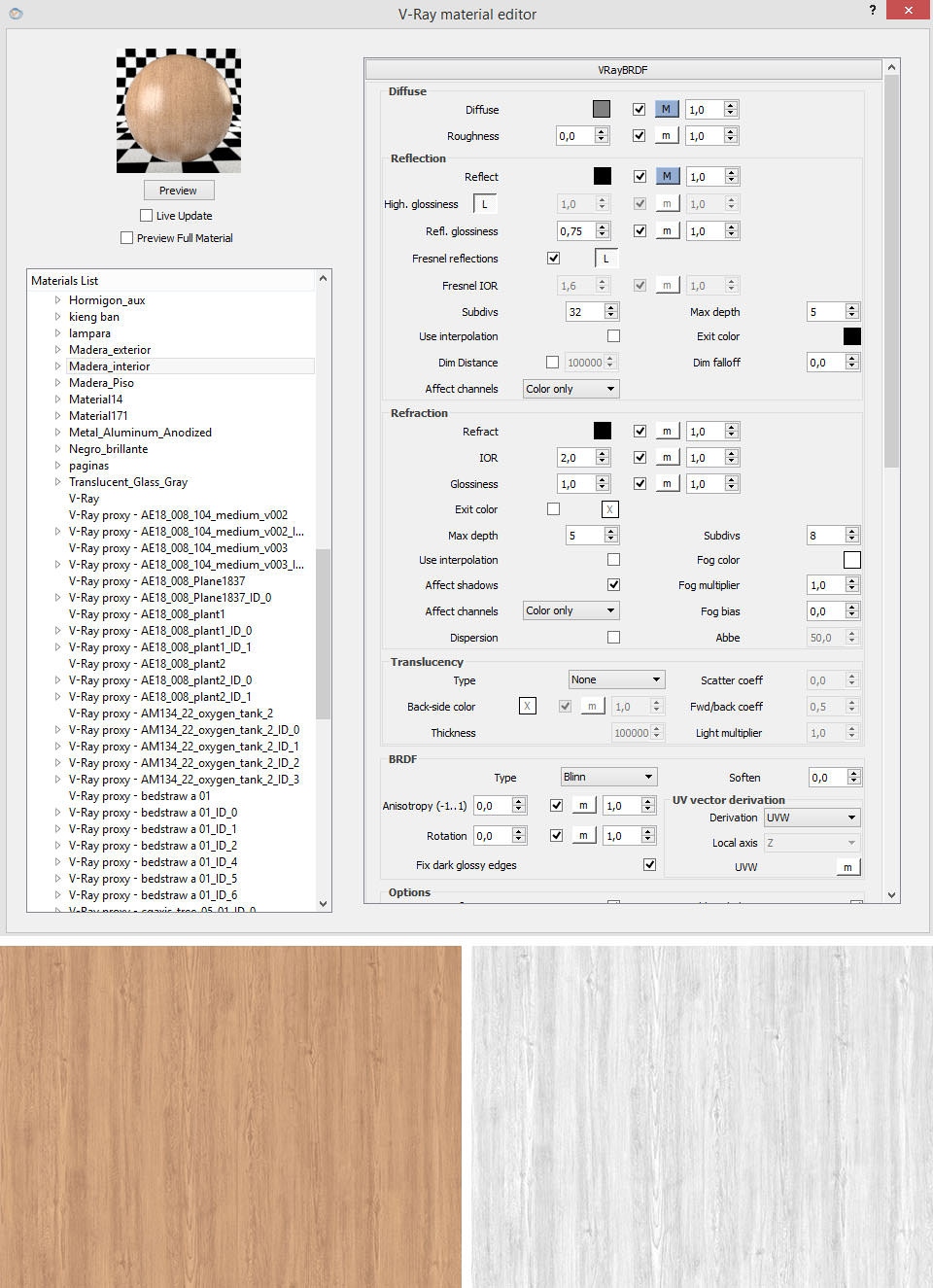
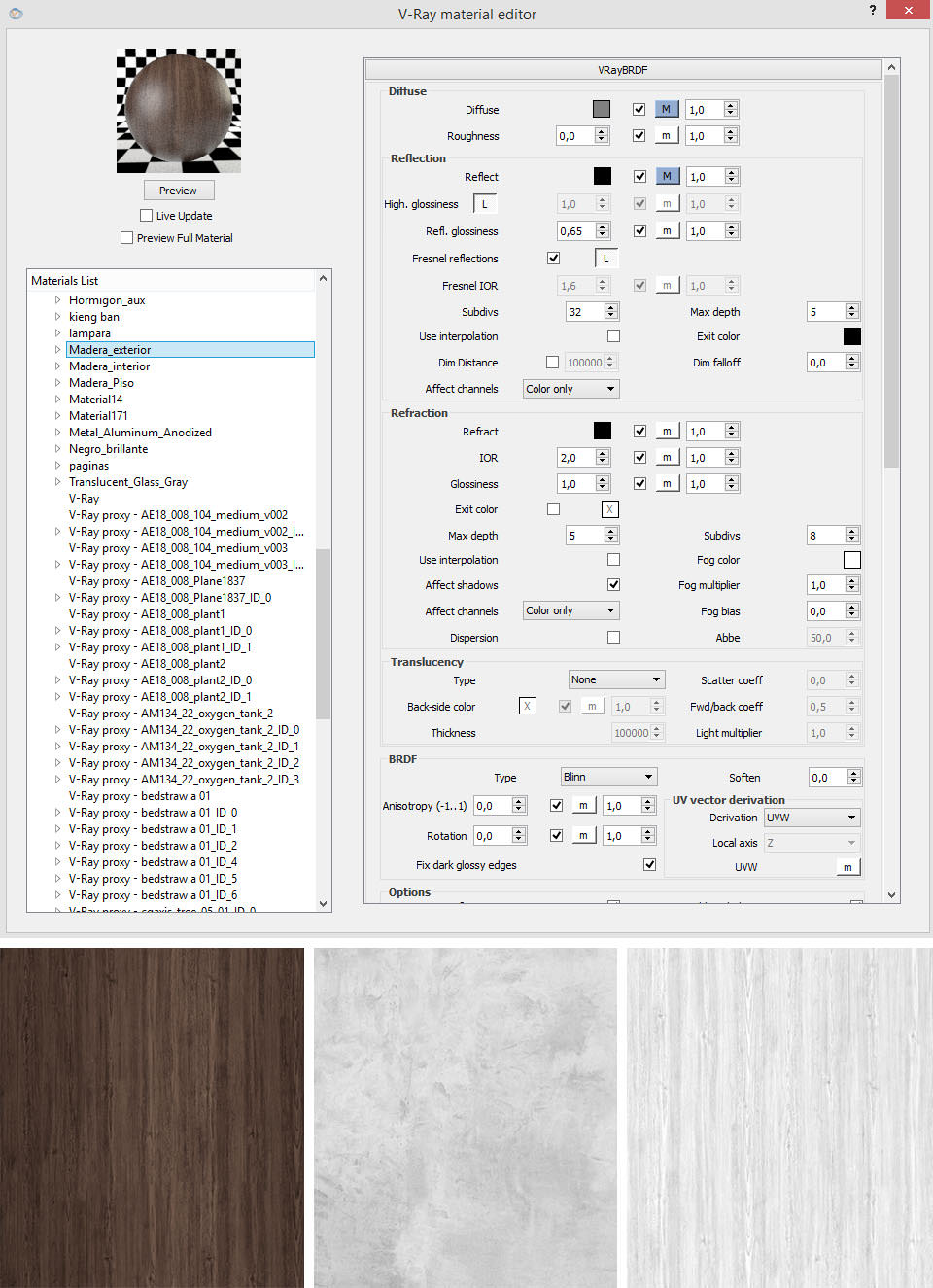
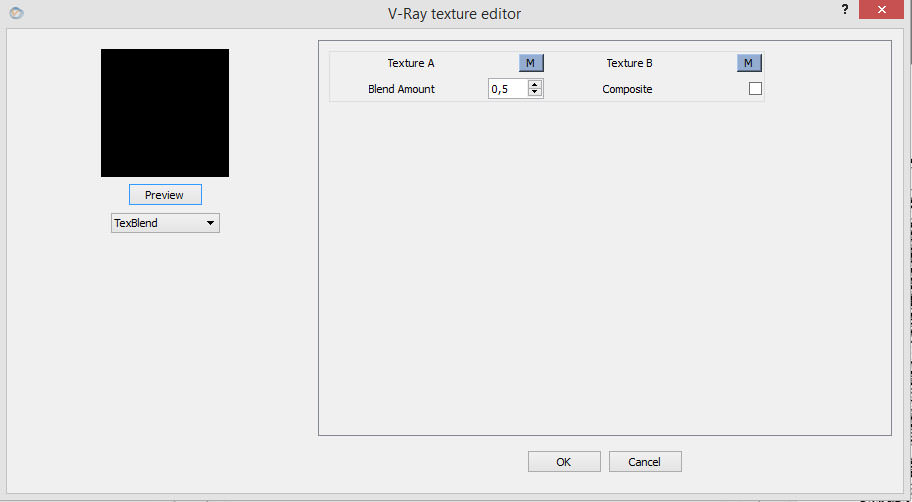
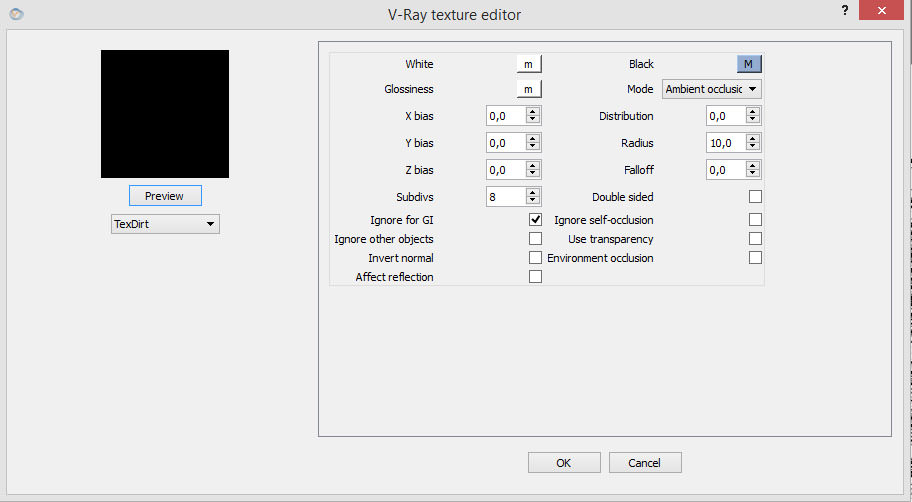
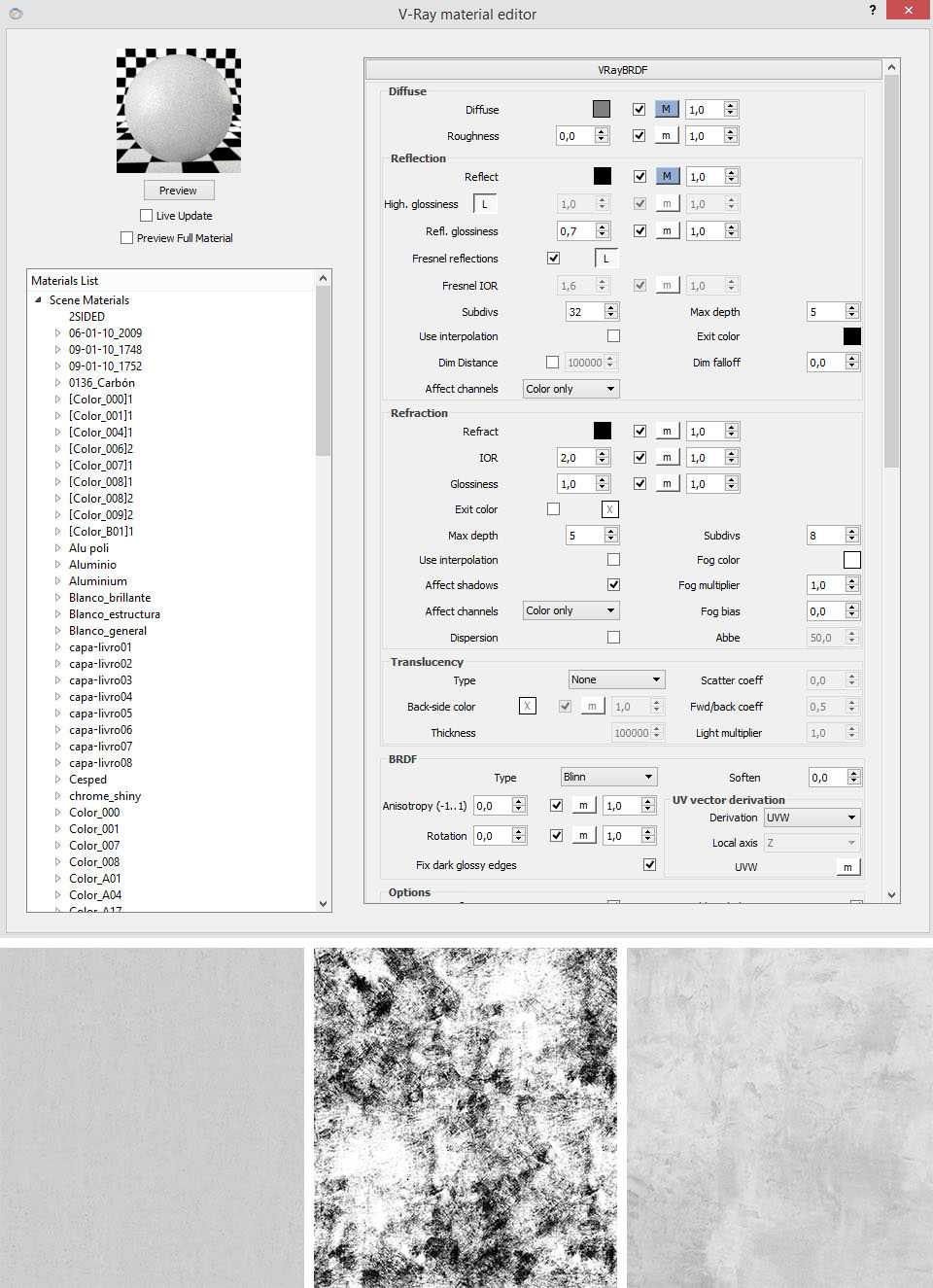
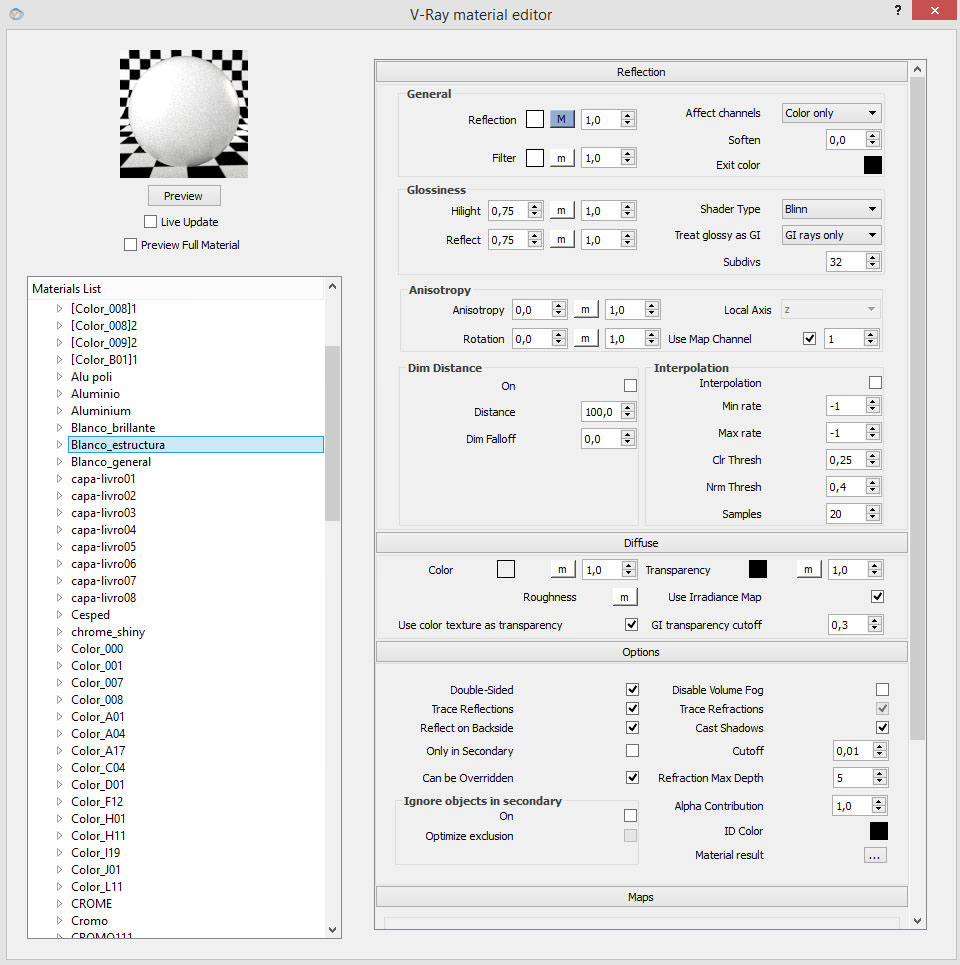
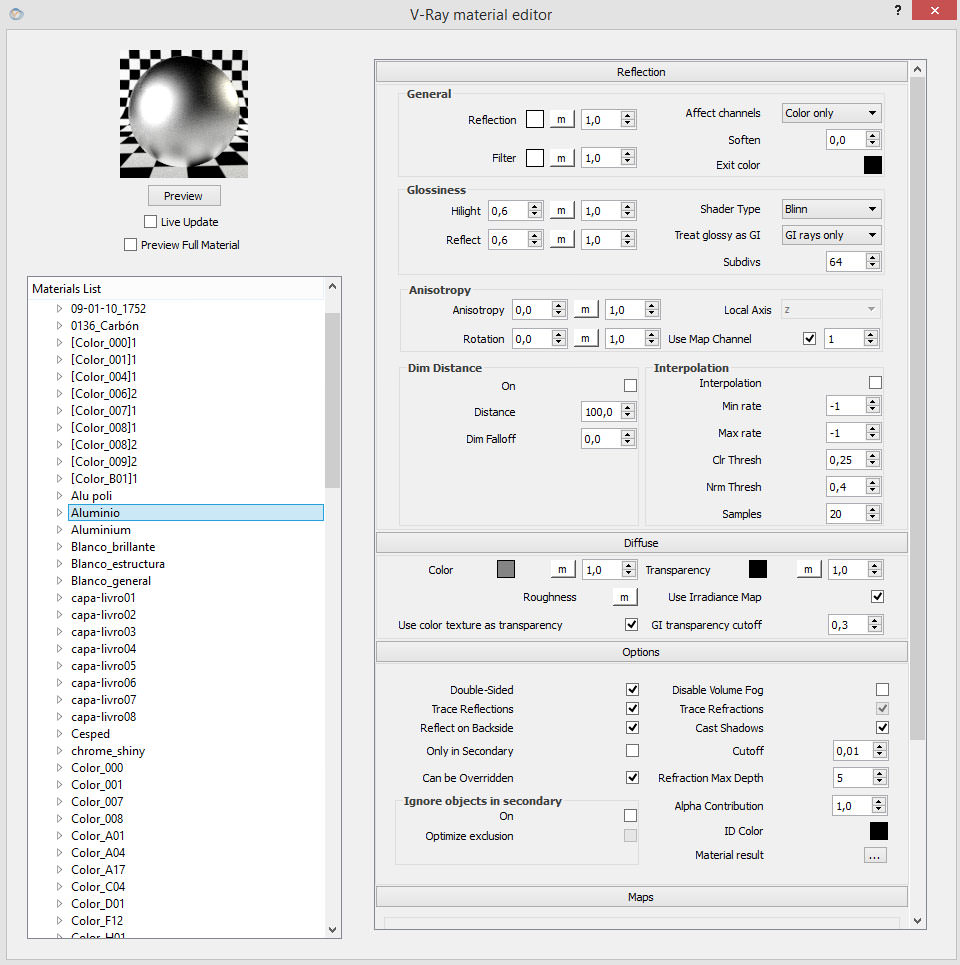
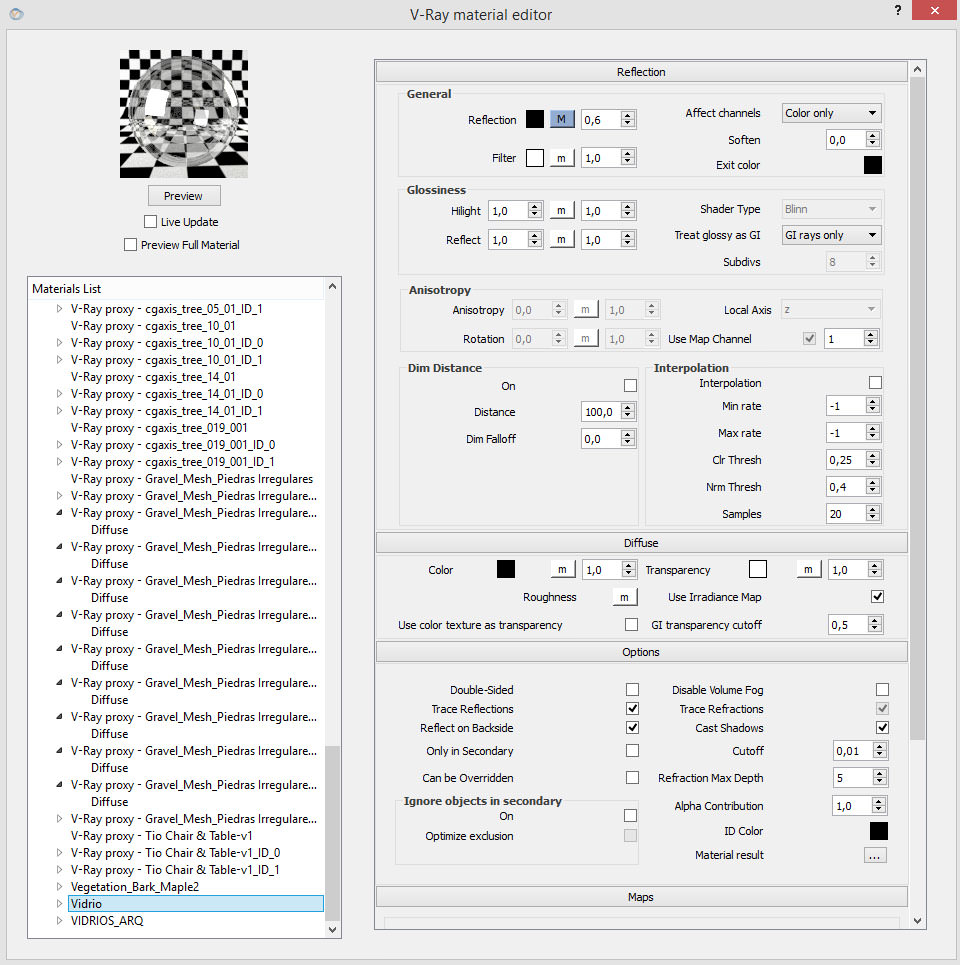
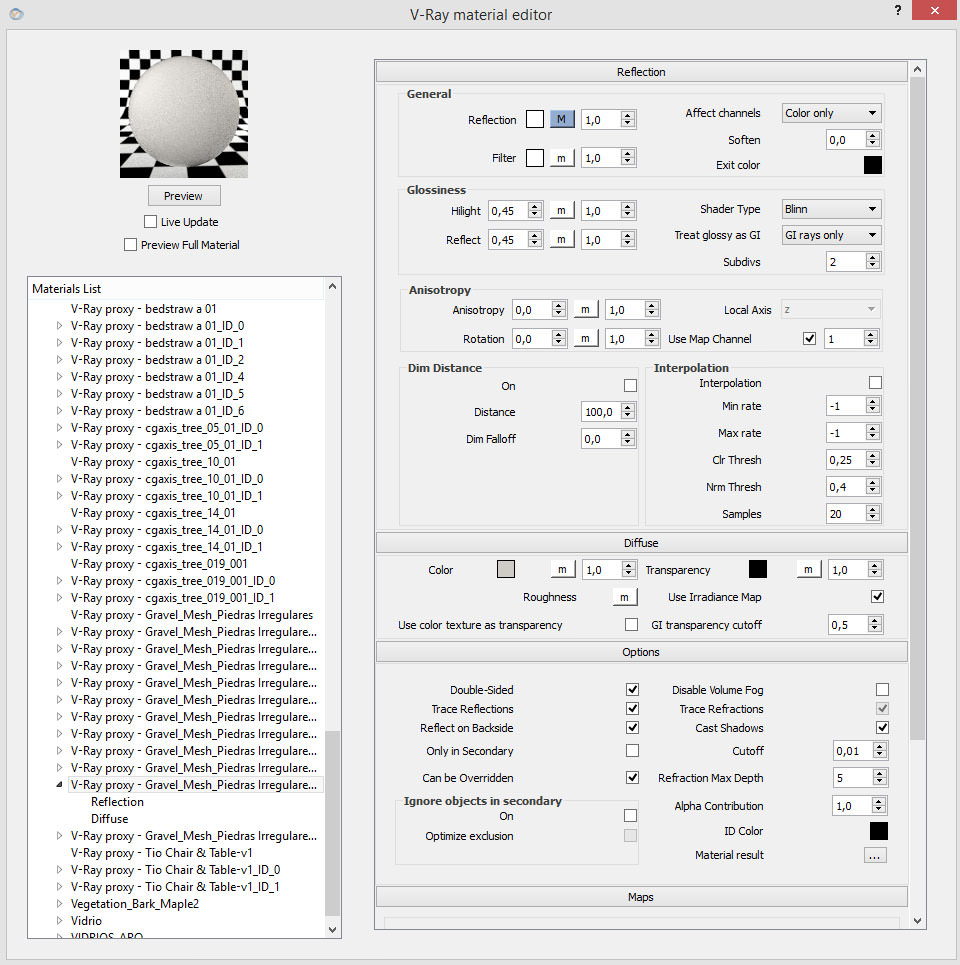
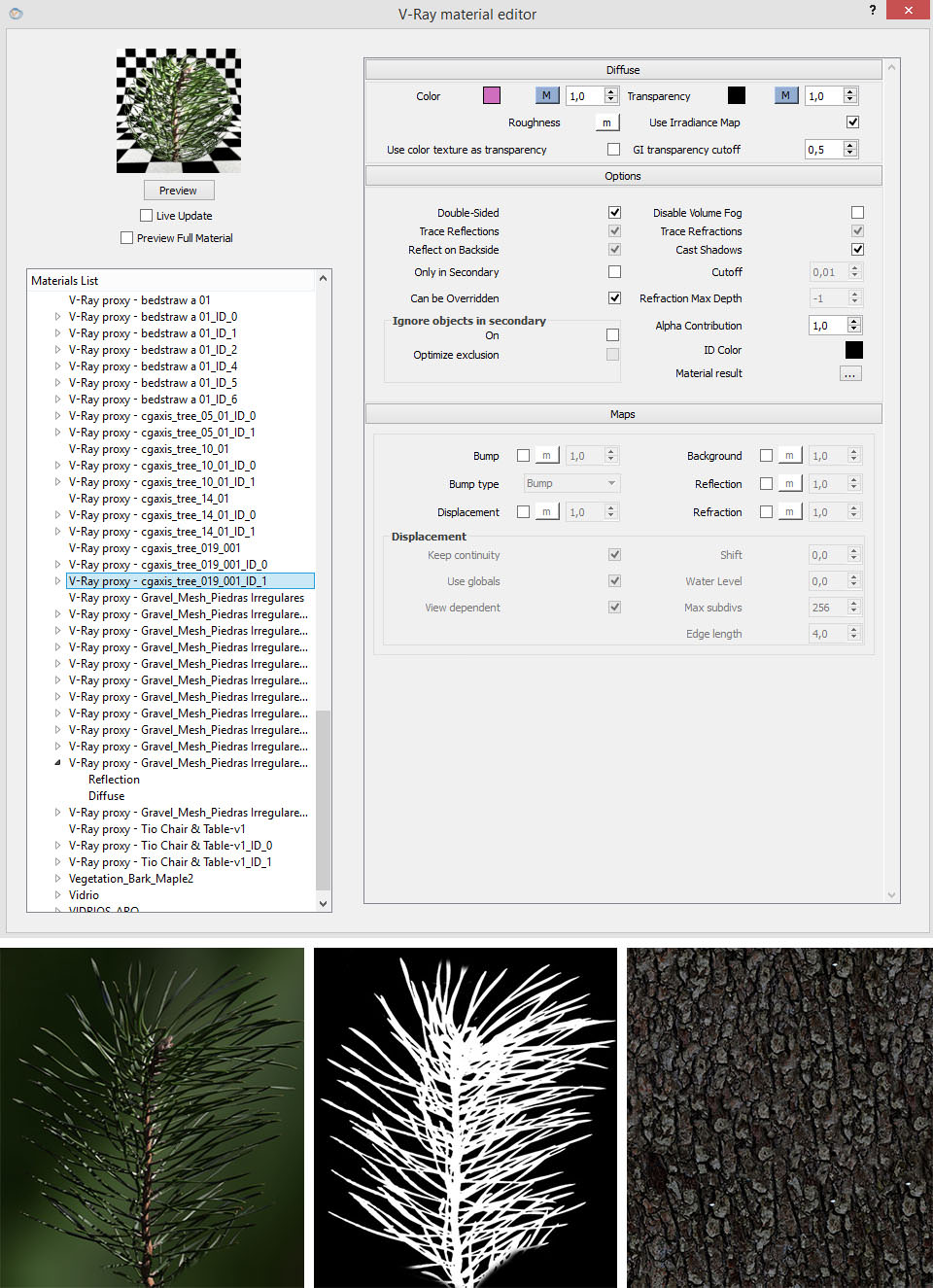
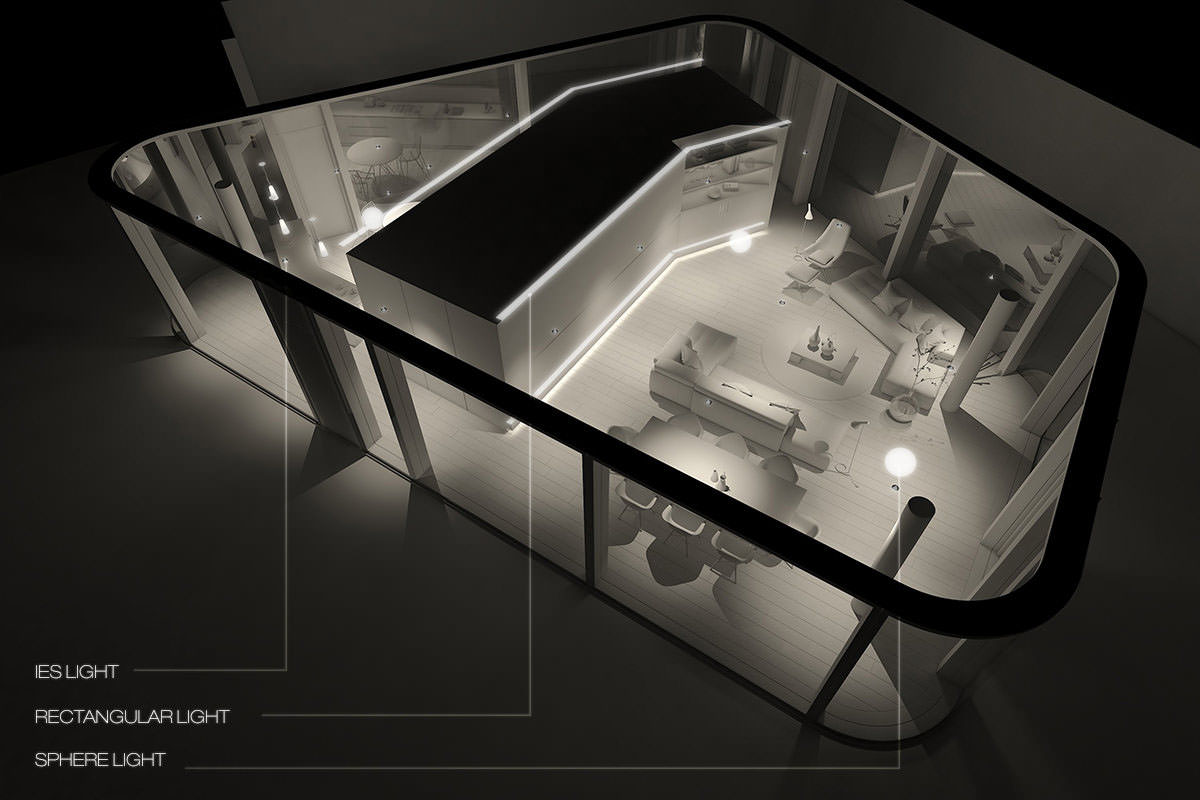
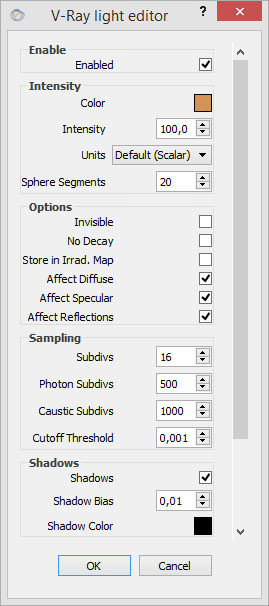
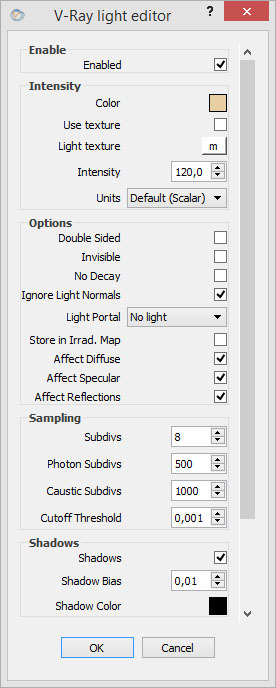
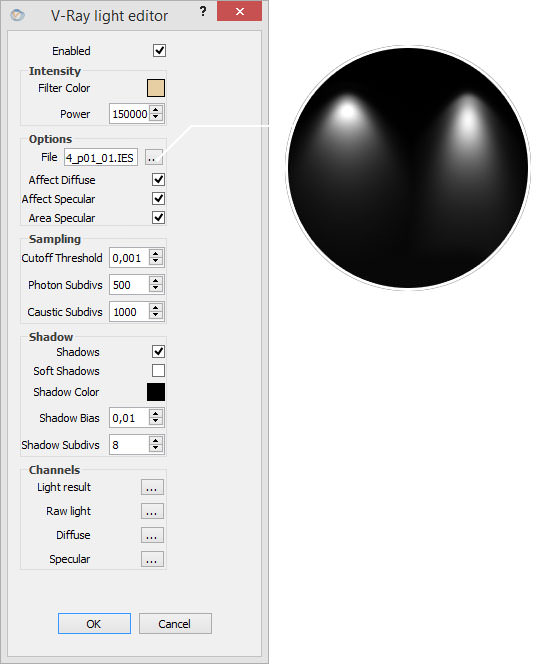
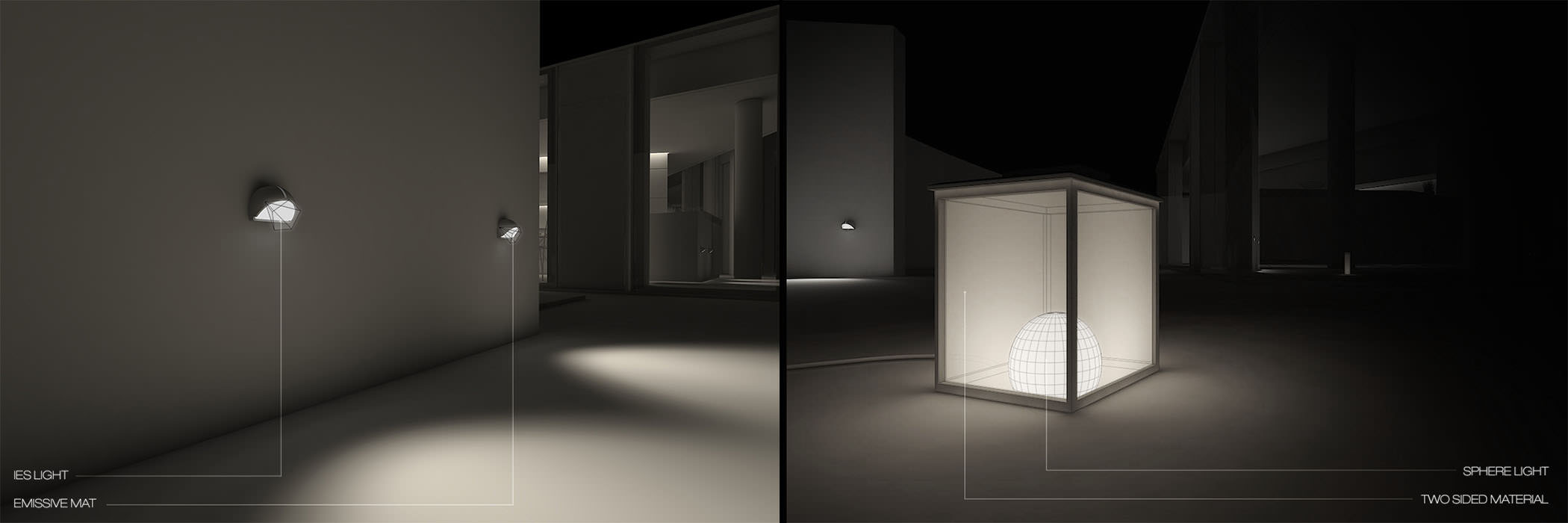
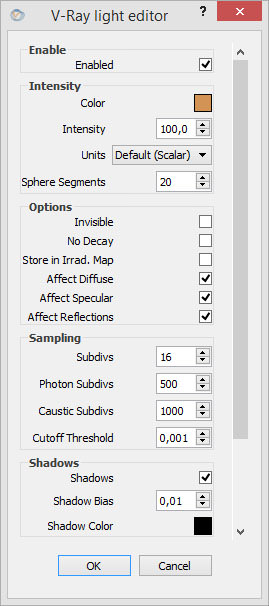
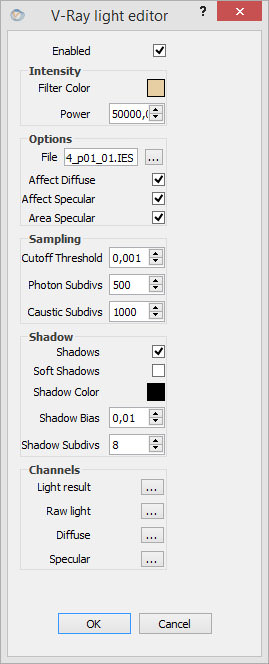
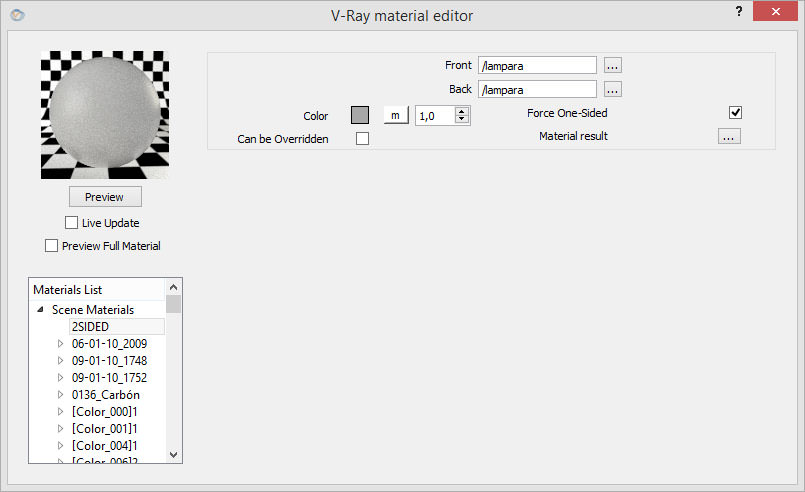
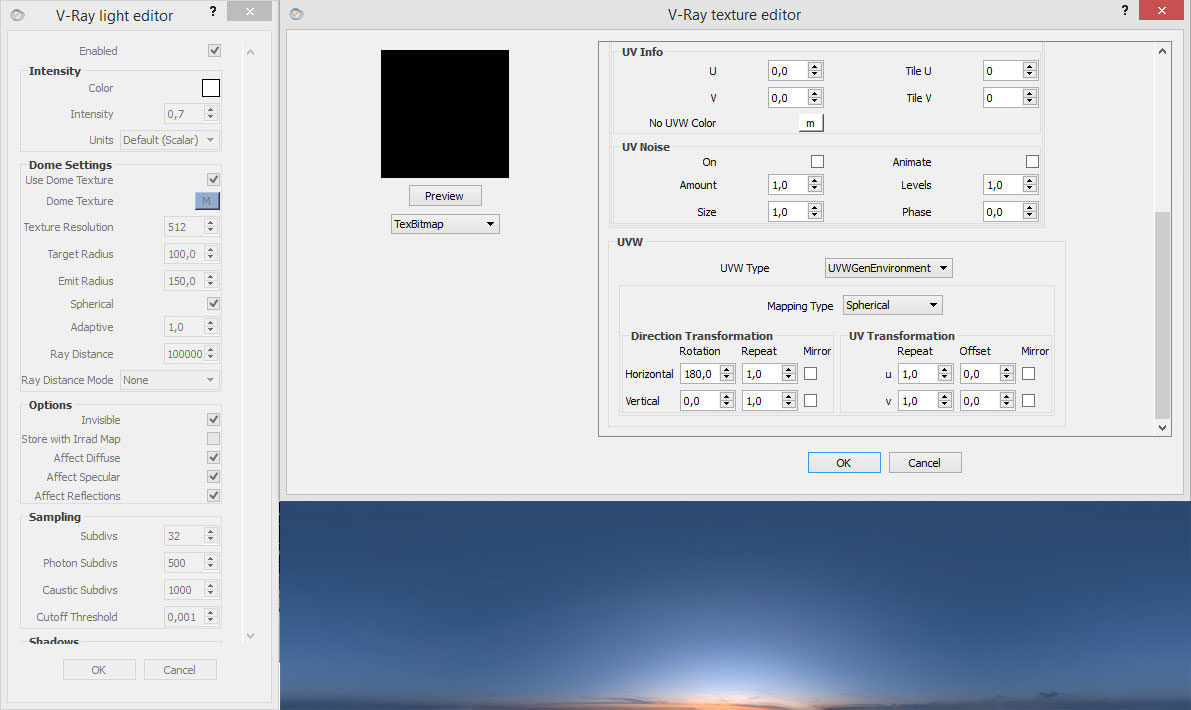
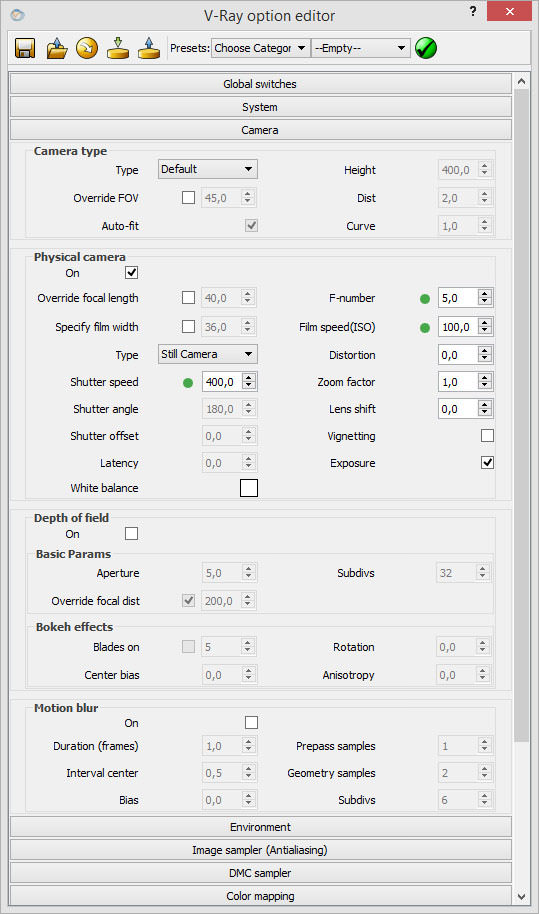
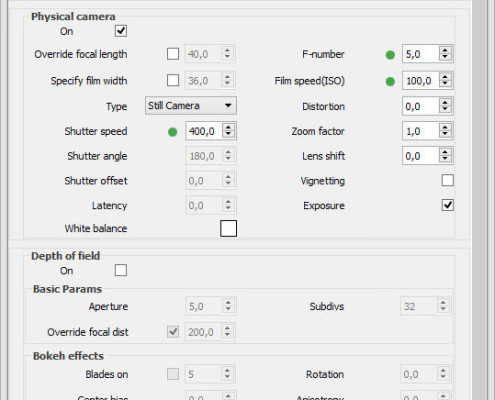
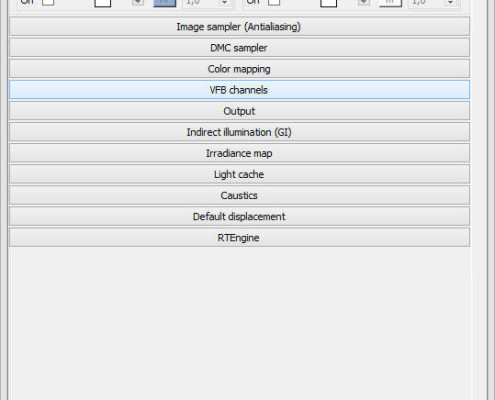
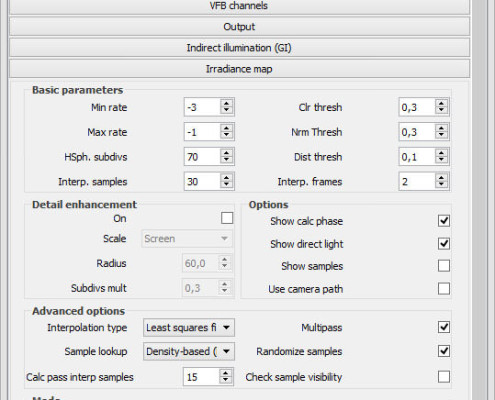
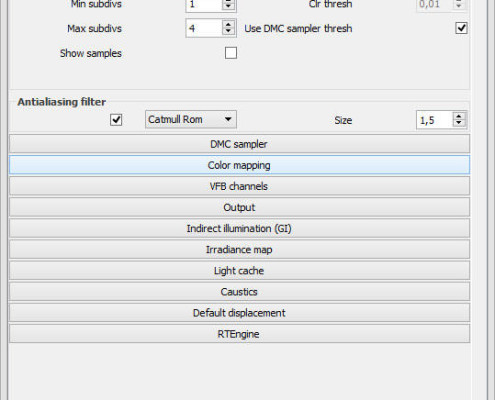
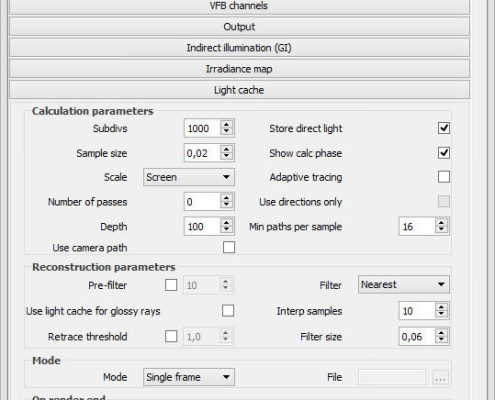
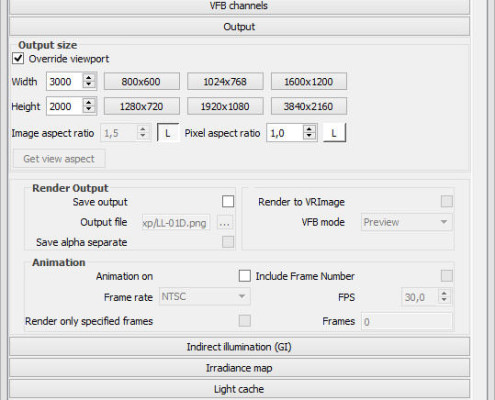
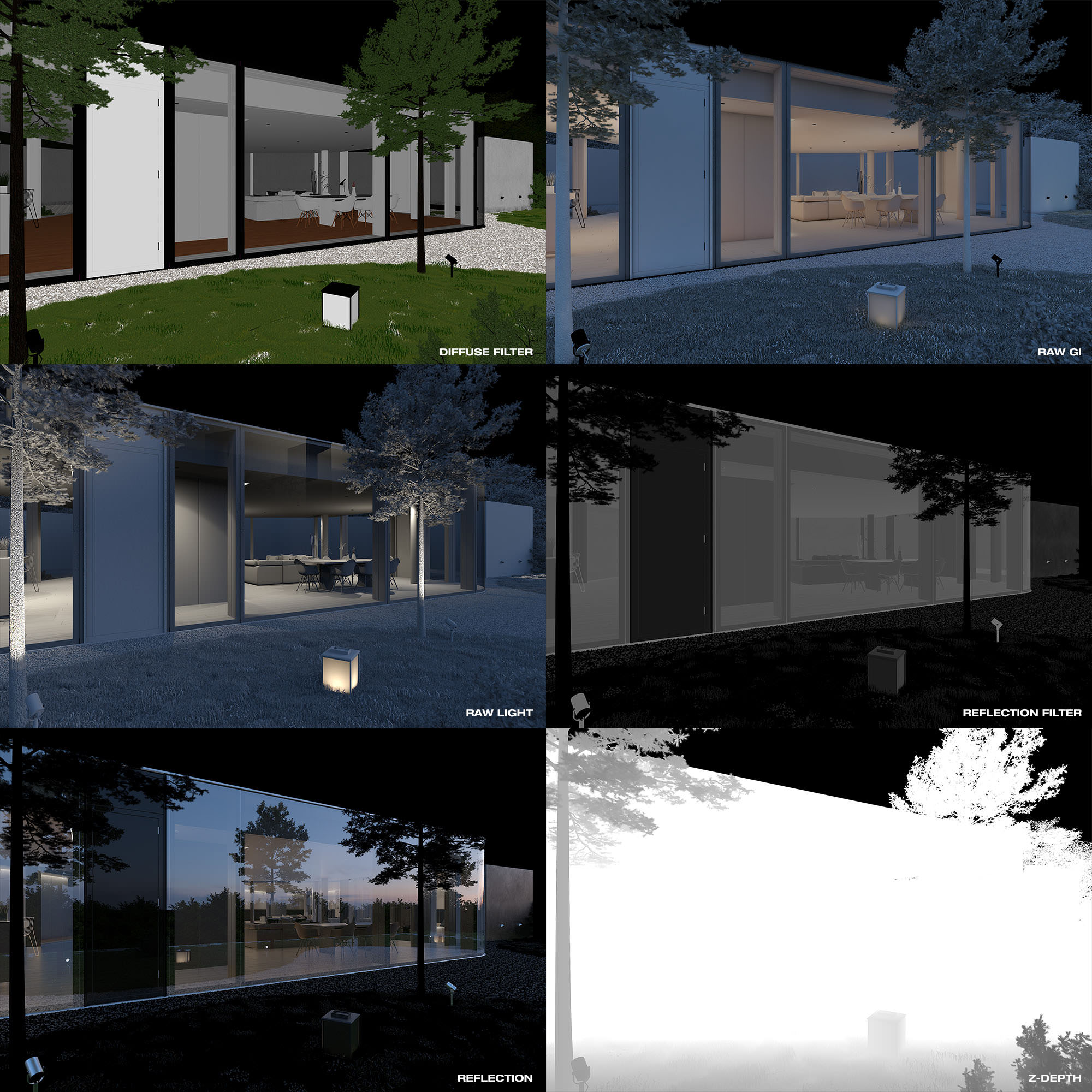
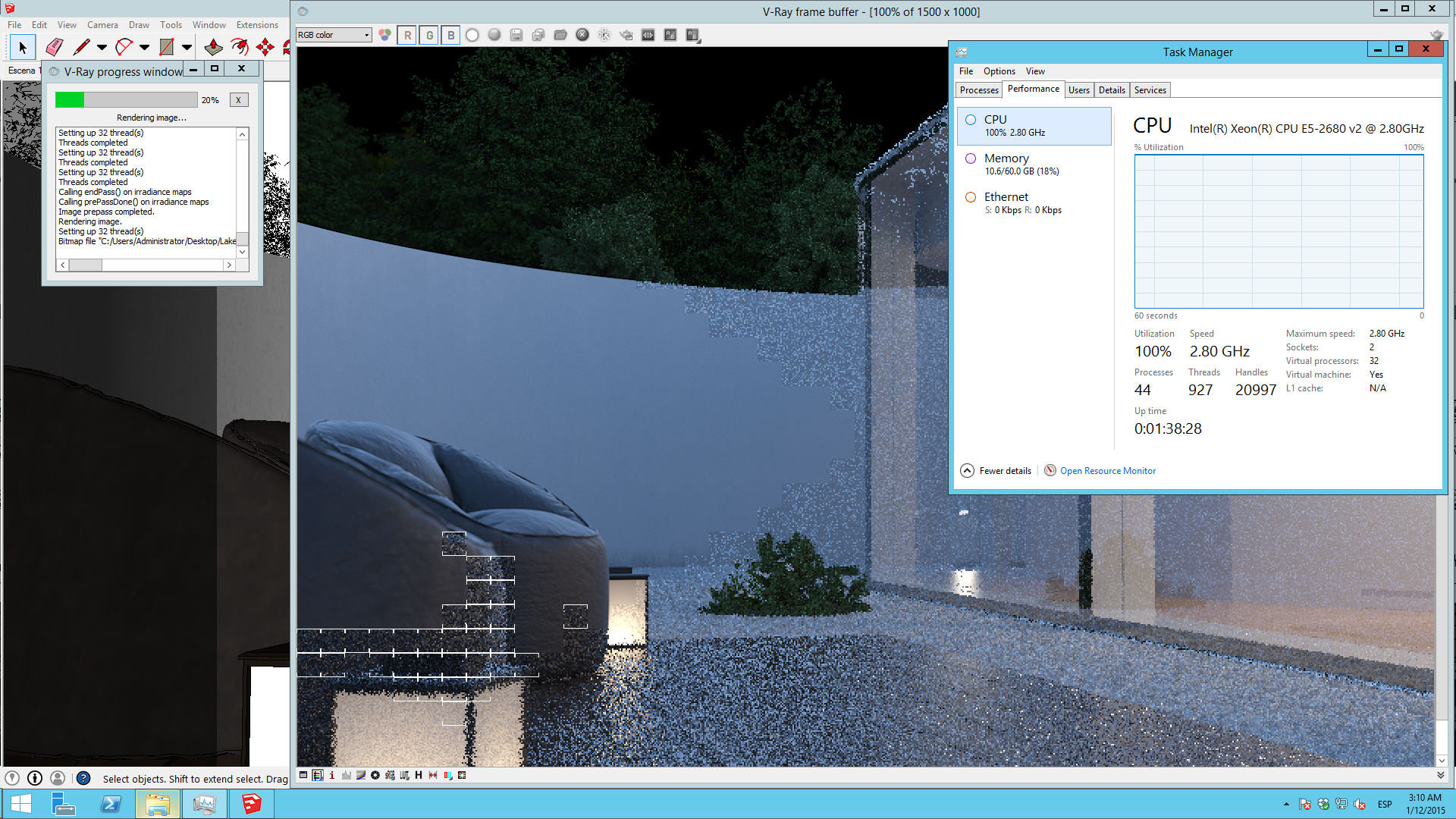
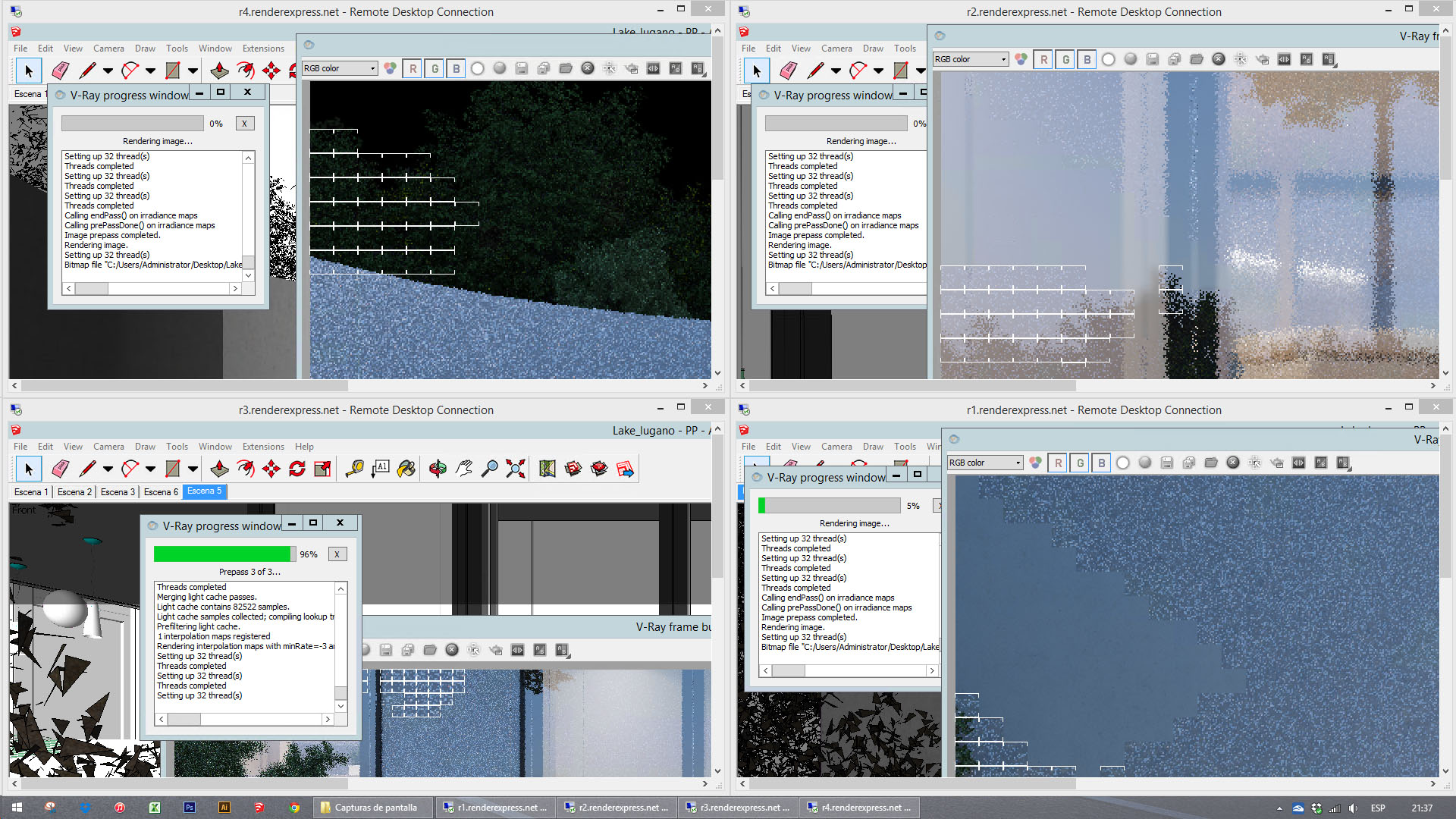
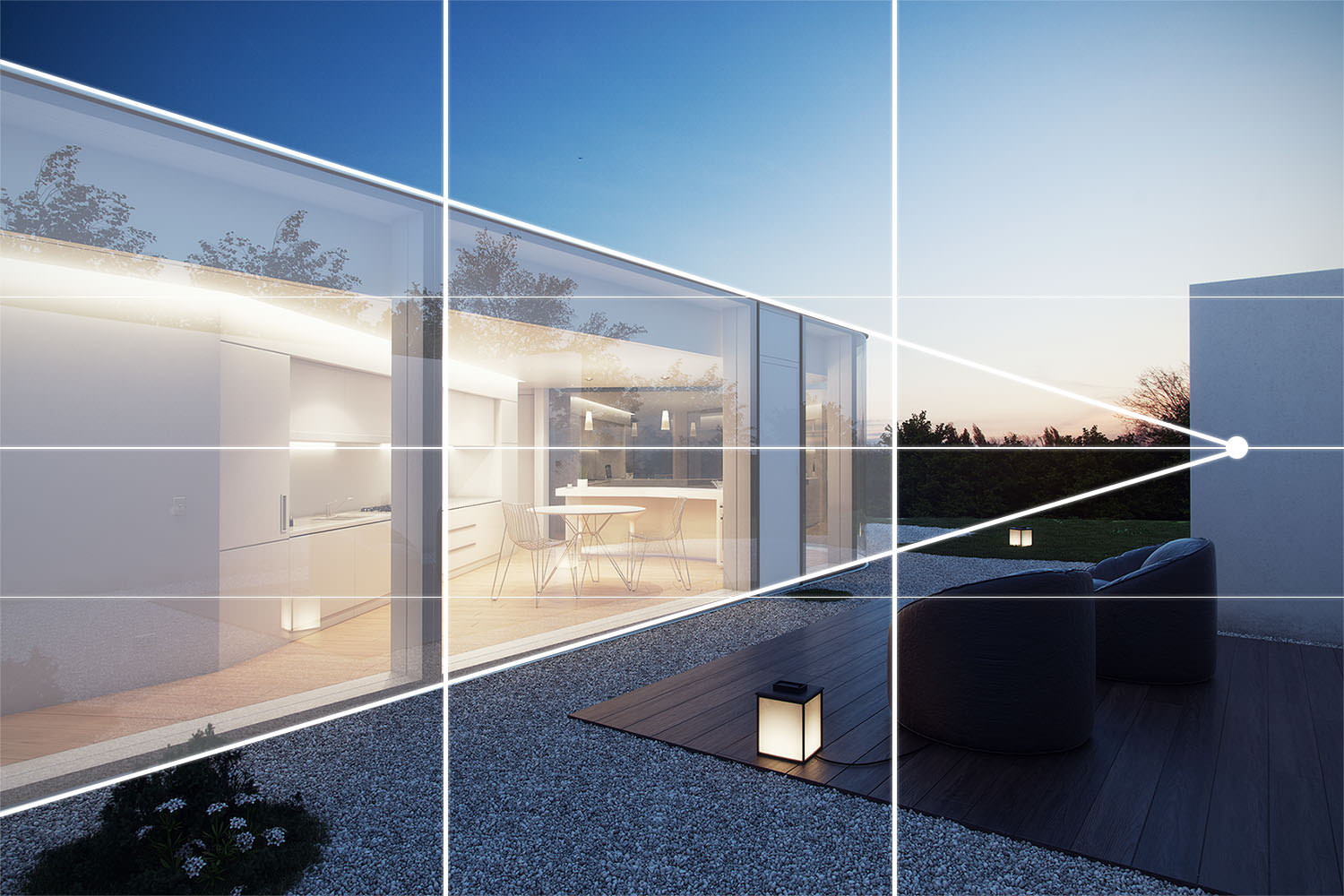
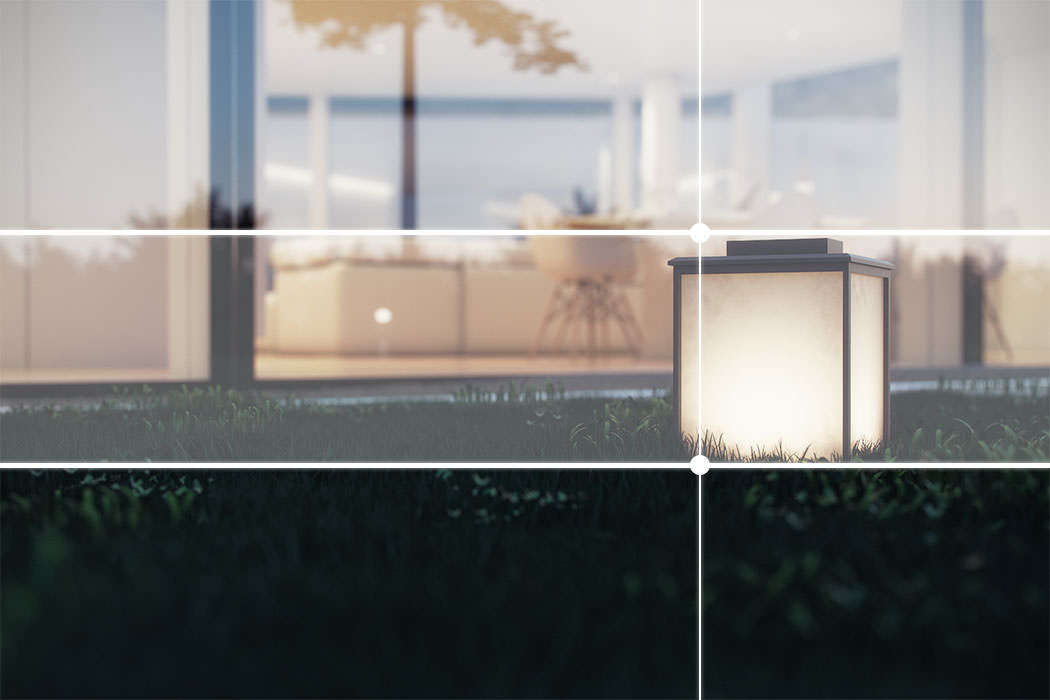
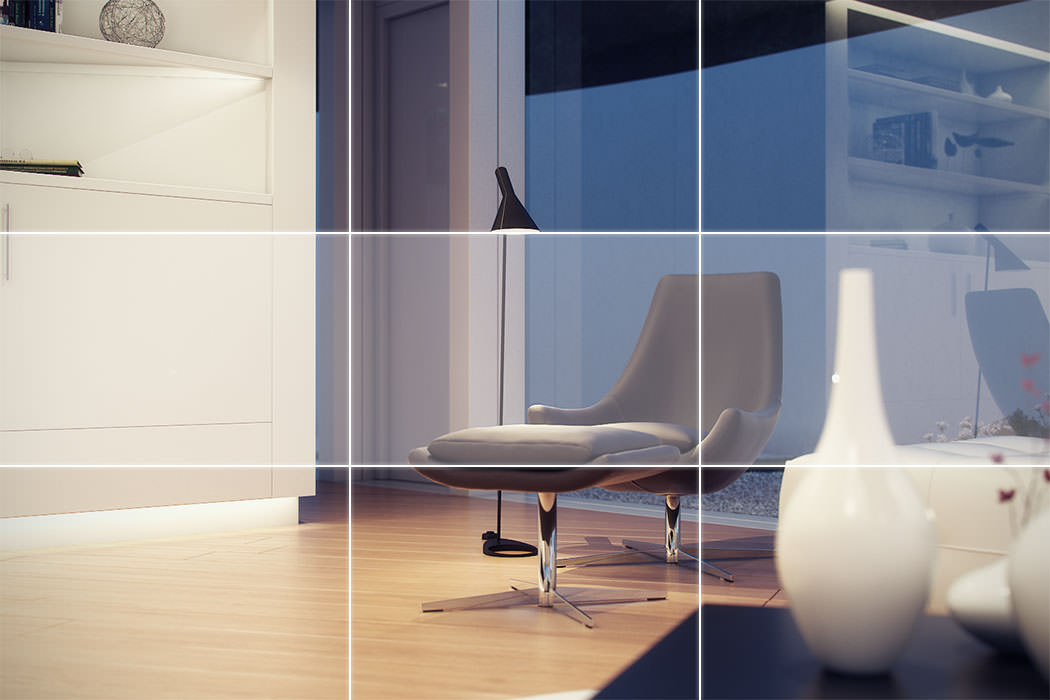
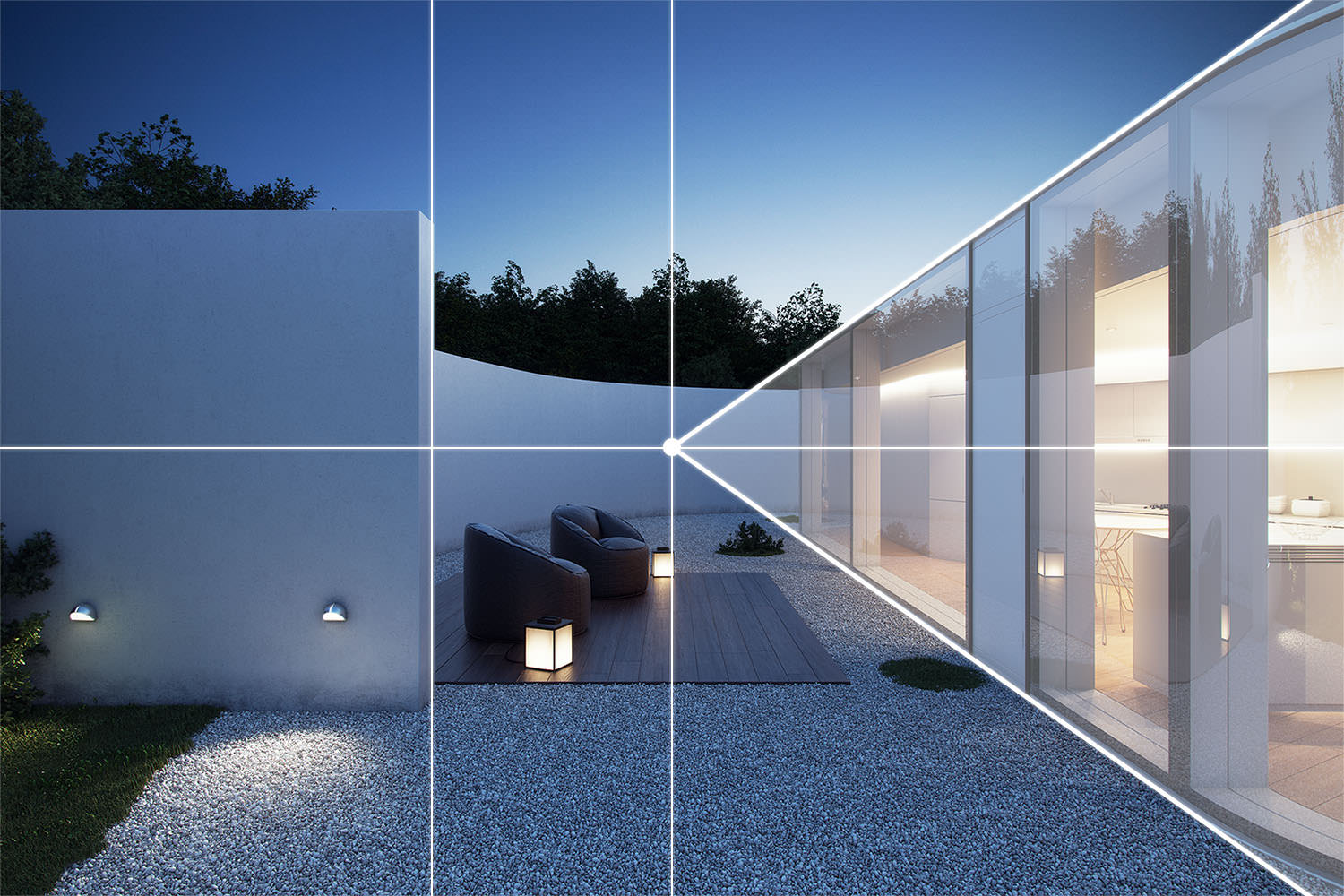
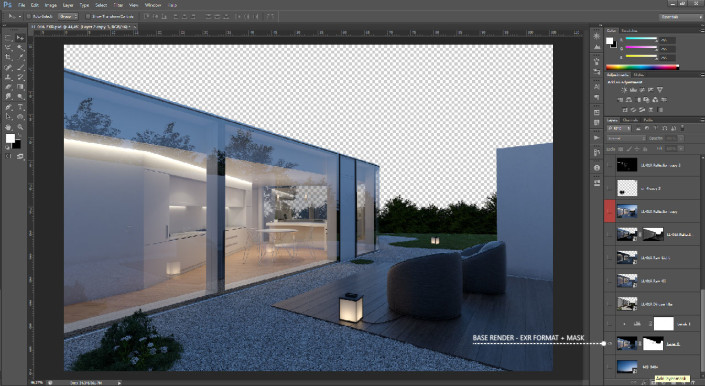
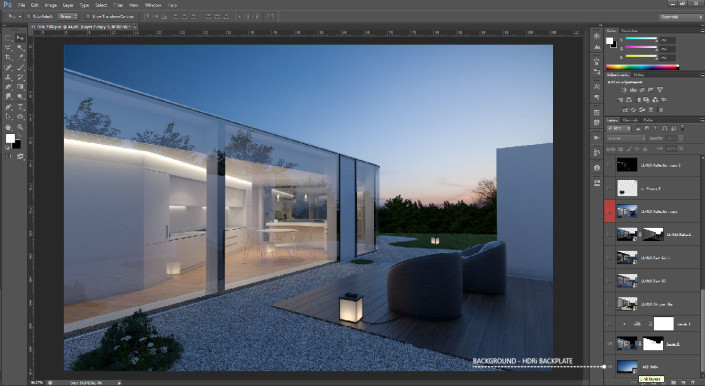
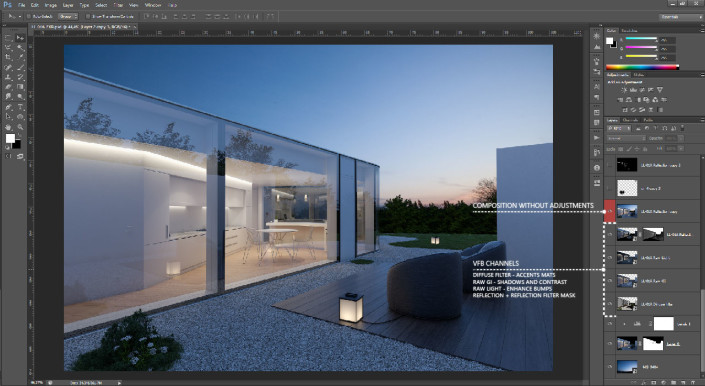
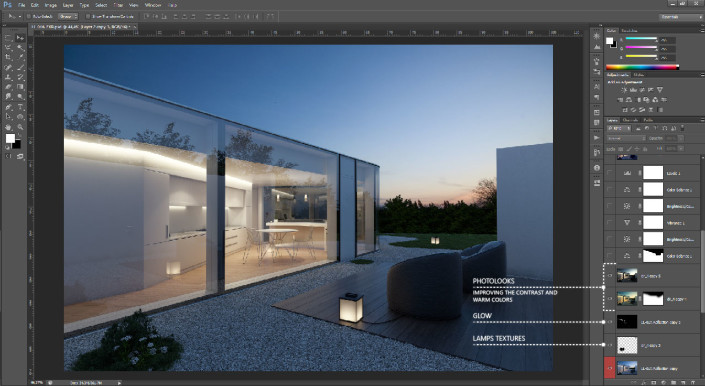
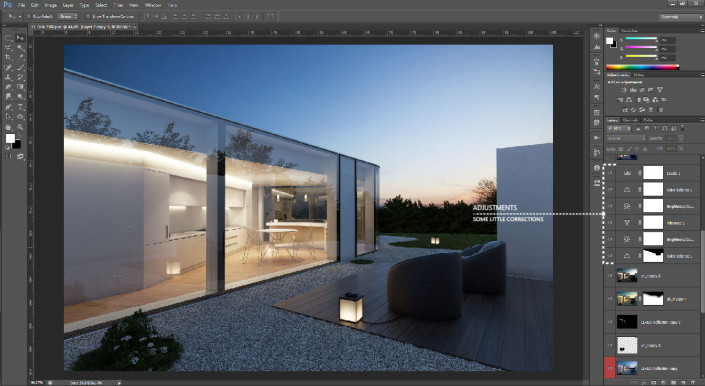
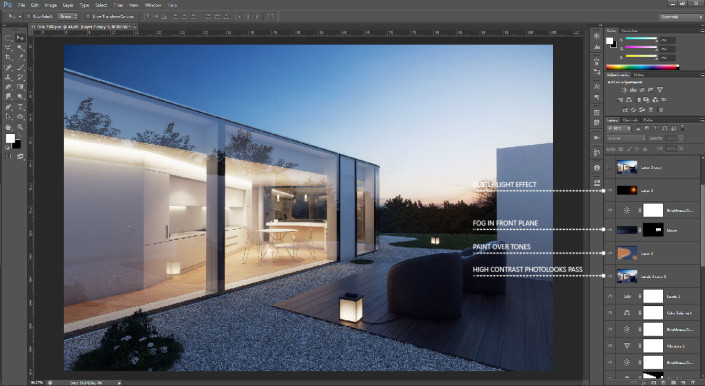
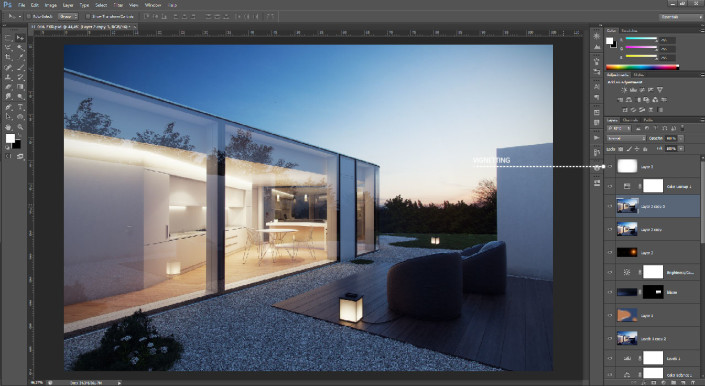
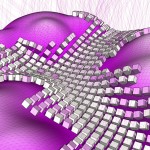
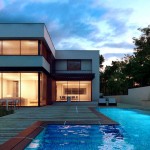
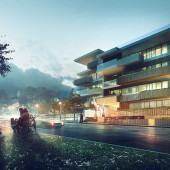

Muy bueno!
Great work!!!
Hello,
I read your blog it’s really nice and i like it very much.Thanks for sharing this useful information.Looking for 3D Walkthrough Company in India with the high quality output For more Information you can visit https://www.3danimationworks.in/
Thanks
Reena
This is the best work i have ever seen out of sketchup. you have inspired me to use sketchup to its full potential. thanks for making this tutorial and thank you very much ronen for bringing this up you are doing a great service to the archviz community.
hey david
i have just checked your portfolio on your website. is all that work produced in sketchup & vray for sketchup.
Big up to SketchUp! my tool of choice as well. The geometry is an intuitive process that is much easier to create in scale than compared to other 3d software. Something seems a little off on the interior reflection and refraction tones the believability right down. But the exterior is stunning, and the glass reflections though a bit exaggerated, work.
As a skechup arch viz to another I need to get you guys on the Octane Render and OctaneRender for SketchUp bandwagons. V-Ray is powerful and industry standard, but octane will change your mind about render speed and the entire work process.
can your share model to practice?
Hi Dom, feel free to share anything you have about Octane and on SketchUP specifically. Email me 😉
SabbySingh Yes, everything is made in SketchUp + Vray.
SabbySingh Thanks! Keep going it’s a very powerful tool!
Thanks for all Ronen , has been a pleasure collaborating with you and the blog!
Fantastic work David! I’m actually migrating to Sketchup (I’m interior designer)The only thing that ‘s driving me crazy is preparing model to sending to Layout (styles, line thickness, weird wireframes of 3ds imported models, etc)
I noticed that you’re doing this pretty well (lake-lugano-comp1.jpg) Can you write something about this, or share styles/templates? Thanks!
SimonSimonowicz ,as far as layout export , the thing is that you need a lot of preparation in sketchup model beforehand. assign every object to layers and make a lot of scenes with each group seperately (e.g. exterior wall or windows). then in layout you combine these scenes in order to make your drwing plan. it seems a lot of work in the beginning but when you get used to its better than classic cad
Very nice tutorial, a lot of details explained. I have one question, your only source of light is the vray-dome? you don’t use gi lighting?
nsavvakis Thanks, yes, the vray dome is the only GI light in the scene.
SimonSimonowicz with the price of subscription of 3dsmax we will all be migrating to sketchup soon 🙂
from sketchup website Unit Price 1 – 4 @ $495.00 + $95.00 yearly mainteneace while 3 months of 3dsmax 2016 is $185X3!!!!
Hi David, just want to know how can you make the hdri backplate so clear using vray dome , as my result is always too blurry, even same hdri and setting was used as above. Is there any skill? Thanks.
Also, your diagram looks nice too, you export graphics in sketchup either?
SingLeung the backplate as i can understand from the process is inserted as a separate layer in photoshop. check base render in the tutorial. the bg there is transparent
Great Tutorial Bro….thumbs up!!!
I want to know your RGB number of your sphare light,rec light,ies…
i love the light warm of yours…
regards…
Amazing.
How do you render it you call clay style ?
https://rbblog.wpengine.netdna-cdn.com/wp-content/uploads/2015/04/lake-lugano-lb-llh12.jpg
Is it rendered by ambientocclusion ?
But how render glass and out line ?
abebebe Thanks! The
clay render was made by rendering just with a white GI and BG, and of course AO
turned on, then in PS the lines were added in multiply mode. The glass is
unchecked for the override material.
Lalu M Thanks a lot! Glad you like it. Sure it´s 210, 147, 85.
SingLeung I export the graphics from SketchUp and then add effects in PS.
SingLeung Yes, as nsavvakis says it was rendered invisible and then added the same HDRi backplate in PS.
SimonSimonowicz Hi, I’m not using Layout right now, the image you mention was made in AutoCAD.
ronenbekerman Absolutely cool i #SketchUP user not use #Vray before just
ronenbekerman just watch some tuts & idea of rounded glasses is so in style
David,
First, amazing tutorial. It’s great to see more high end results with SketchUp+V-Ray…fantastic job. Second, could you explain your rendering workflow a bit more? It appears that you are using a virtual machine. Why is this? Would you mind give us some insight, or pointing us in the right direction (i.e. a website)?
Great to see a vray for sketchup making-of on here. Could you explain in a little more detail how you created the wall material? Did you use a texture for the dirt map?
Awesome images. Well done!
JoshuaDeacon Hi, thanks a lot! I was waiting that question, let me explain you; Here in the office we got remote servers to render. It’s not a farm service itself, it’s a web service that provides resizable compute capacity in the cloud. So we launch as many instances as we need. From 1 to 10. Here is the explanation and information about the service: https://en.wikipedia.org/wiki/Elasticity_(cloud_computing)
EliotBlenkarne Thanks! Tha perimeter wall material is BRDF material, in difusse slot has a TexBlend procedure, A is a TexDirt with map, and ambient oclussion mode. B is the regular texture. And it has a reflection map.
Hi David
First of all as everybody mentioned here – superb work.
My question is actually regarding the resolution and rendering time for the frames.
I can see you have some powerful workstation with 32 treads…how long did it take to render and in what resolution ?
Thanks,
Lior.
benyo3d Hi! Thank you very much! There were two render batches, the standard images and the close ups. The first batch was all 3000 x 2000 px (Took about 6 hours per image, x4), and the second one was 1500 x 1000 px (Took about 7 hours per image, x4), mainly because the depth of field.
DavidSantos benyo3d
Wow it’s a big surprise for me – i thought that with such a powerful machine you have, it should take no more then two hours to render in that resolution.
Maybe try and make some optimization to your render settings…if you care for the render times at tall 🙂
@DavidSantos @nsavvakis Thanks for explaining 🙂
Hey David,
Fantastic work! By far the best renders coming out of SketchUp Ive ever seen! One question though. How did you model and unwrap all of the furniture? I love SketchUp for it’s simplicity, but I find it hard to detail models with furniture, and then unwrap said models for texturing. 3ds Max seems much better at doing stuff like that. Any tips?
Thanks,
Avraham
Can you tell me specification of the computer????
tituzero Hi, there are 4 Intel Xeon E5-2680 2.80 GHz, 60 GB RAM.
ArchaviStudio Thank you very much for your words! Glad you like it! There is no an easy way to unwrap furniture, there are some tricky ways (projected textures) and some useful plug-ins like: SketchUp UV Mapping tool and ThruPaint. 3ds max is way more efficient in this way.
Regards!
DavidSantos Thanks for your tutorial!
But “AO turned on” – what is “AO”? and how do you unchecked the glass material for the override material?
TriNguyen2 DavidSantos Ambient Occlusion.
Great job David! For a daytime render would you use same options? (changing only HDRI i mean)
DavidSantos tituzero WTF!
RiccardoCrosetta Thanks a lot Riccardo! Basically only change the HDRi and tweak a little bit camera parameters.
Awesome work David !!! I Think this is the perfect style for rendering , not overdoing with photoshop and letting the image look as realistic as possible .
jeronimolobo Thanks Jeronimo!! Was a nice project to do, I have a lot of fun. Glad you like it!
Great work David Santos !!! how much you made the glass depth or just is a single face ?
Mousa abu Doush Thanks a lot!! In this case the glass is just a single face, in some other cases it may be 5mm to 7mm.
Great work ! DavidSantos David Santos
May i know how did you render this (https://rbblog.wpengine.netdna-cdn.com/wp-content/uploads/2015/04/lake-lugano-composition1.jpg ) and (https://rbblog.wpengine.netdna-cdn.com/wp-content/uploads/2015/04/lake-lugano-interior-exterior-setup.jpg)
Hello,
1st of all great work.
Now my problem, i’ m getting a hard time to import models from max to sketchup. I tried to export them in .3ds (sometimes i have to use ProOptimizer, on the modifier list to reduce geometry) but i never get the textures when i import the file in the sketchup, i always get the model in white. I already bought models of trees and grass, and i always get the same problem.
How do you import models in 3ds or max as you did with the grass, trees and gravel in this GREAT tutorial?
Ps: I trying to get the same glass and I follow the tutorial to the letter and the result is not the same. 🙁 If you could give me a tip on that too would be fantastic.
Many thanks
Best regards from an huge fan,
Nuno Faria
Kevin_arrigo Hi Kevin, those images ware made by combining an AO render, a color pass (SketchUp shaded model) and a wire image. Thanks for the interest!
NunoFaria Hi Nuno, thanks! Glad you like it! Regarding your doubts we use a plug-in from SimLab, its FBX to SKP that plug-in preserve material properties from the geometry. In this case, trees and grass are proxy, so materials are automatically assigned.
For the glass material, remember it has to be just one plane, not double. Another important element is the Fresnel option, the parallel color must be almost black. 40,40,40.
Tell me if this resolve your doubts, I can explain it further.
Thanks to you!
Best regards!
Great work indeed!
Since I am a Rhino+V-ray user you have really inspired me. The rendering process is the same in Rhino and in Skp so i would like to use this informations in rhino. I have just one question about your material settings… For example for the exterior wood floor material you have applied in the diffuse slot the textblend option and then you applied the wood texture in the texture A and the plaster/dirt to the texture B (or what exactly is in the picture under the screenshot of this material setting)?
Thanks for the answer
Best
Jakub
Thanks for your tips! Did you try another editing soft?? How about special HDR https://hdrprograms.com/ tools?? It can be cheaper than adobe
Savannah01 I haven’t tried it! Do you recommend? To work with .EXR?
David, thank you for sharing your great experience!
My question is about your Color Mapping and HDRI gamma settings for this scene.
Did you use Reinhard or HSV Exponential, what burn or bright multiplier value and is your HDR gamma 2.2?
I can’t figure out the correct values.
Thank you.
really love your rendering style. Is there a way you could explain the post production part more extensively? Maybe in video? Not really sure what to do with all the channels I got.
I would like to see this making off but nothing on it https://www.ronenbekerman.com/making-of-3d-renders-kumu-art-museum-viktor-fretyan/
Thanks a lot for the mention Ronen! It was a great pleasure to collaborate! U0001f44dU0001f603
I have just one question about your material settings… the wood exterior texture. where u put the three texture map? because we almost see just twoo slot with map
Thanks for the answer
NicolasKnockaert Hi! Thanks for commenting. The three maps are used in diffuse, reflect and bump slots.
Cheers!
do you have any tips for those who work in vray 2 not 3. there are few options missing I guess…
silly question, but still… could you please explain to me what is hidden under “M” let say in the Color and Transparency. I know I can choose from many different options but I don’t know which one is correct ;(
Hello David, amazing work i have a question for you , where do you get hi quality furniture for your Sketchup models ? Does Evermotion have a SKP library or do you import the geometry from other formats ?
Thanks you !